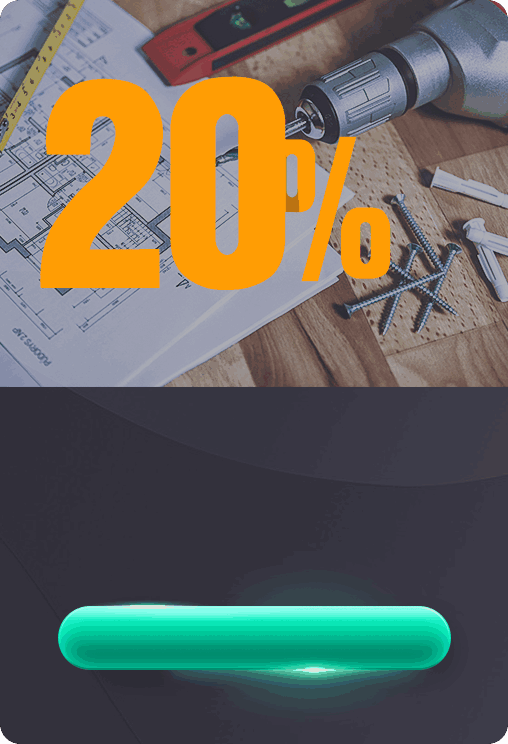Showing 1–32 of 158 results
Home » LED Spotlights


the highest discount up to 25%
If you are a professional or want to work with us for a long time, please quickly register the account belonging to your identity after successfully registering and logging into your account to enjoy the exclusive identity price (the highest discount up to 25%)
Large stocks in Italian warehouses
Our products have passed EU certification standards

LED Spotlights
Discover the unique features of our high quality LED spotlights. Designed for precision lighting, these recessed spotlights highlight corners or objects while exhibiting excellent color rendering. These spotlights are ideal for both professional applications and home environments. Some models of LED spotlights support remote control. Of particular note, our kosoom LED spotlights excel in color rendering, with a Color Reproduction Index (CRI) of CRI ≥ 90, which ensures that colors are illuminated with greater realism and vibrancy. This is especially important for applications where color details need to be emphasized, such as artwork displays and commercial lighting. Whichever model you choose, our LED spotlights are dedicated to meeting your lighting needs and infusing your space with a more comfortable and welcoming light environment.
Filter by price
Color
- BlackBlack 37
- WhiteWhite 111
- White+Black 5
Hole size
- 120*120mm 2
- 139*37mm 4
- 140*38mm 3
- 160*160mm 2
- 195*98mm 1
- 230*120mm 2
- 268*98mm 2
- 273*37mm 2
- 273*38mm 3
- 305*160mm 2
- 345*120mm 2
- 37*37mm 2
- 405*38mm 3
- 406*37mm 2
- 455*160mm 2
- 66*37mm 2
- 98*98mm 2
- Φ101mm 2
- Φ110mm 2
- Φ120mm 2
- Φ140mm 4
- Φ145mm 2
- Φ165mm 2
- Φ173mm 2
- Φ175mm 2
- Φ200mm 2
- Φ45mm 2
- Φ47*H67mm 3
- Φ54*H78mm 3
- Φ55mm 9
- Φ73mm 2
- Φ75mm 12
- Φ88mm 2
- Φ90mm 2
- Φ95mm 5
Lumen
- 90lm 1
- 100lm 1
- 170lm 1
- 190lm 1
- 280lm 1
- 300lm 1
- 330lm 1
- 340lm 3
- 390lm 1
- 420lm 2
- 430lm 2
- 480lm 2
- 490lm 1
- 500lm 4
- 520lm 2
- 550lm 2
- 560lm 2
- 570lm 2
- 580lm 2
- 600lm 1
- 630lm 1
- 650lm 1
- 660lm 1
- 670lm 1
- 730lm 2
- 750lm 2
- 760lm 1
- 790lm 1
- 800lm 1
- 810lm 2
- 870lm 1
- 900lm 3
- 940lm 2
- 960lm 2
- 980lm 1
- 1000lm 4
- 1020lm 1
- 1190lm 1
- 1210lm 1
- 1300lm 1
- 1310lm 1
- 1320lm 1
- 1330lm 1
- 1340lm 1
- 1390lm 1
- 1410lm 1
- 1480lm 1
- 1500lm 1
- 1650lm 1
- 1670lm 1
- 1690lm 1
- 1700lm 2
- 1710lm 1
- 1850lm 1
- 1860lm 1
- 1880lm 2
- 1900lm 1
- 2010lm 1
- 2040lm 2
- 2090lm 1
- 2150lm 1
- 2180lm 1
- 2200lm 1
- 2250lm 1
- 2270lm 1
- 2350lm 1
- 2400lm 1
- 2500lm 3
- 2700lm 1
- 2760lm 1
- 2800lm 1
- 2830lm 1
- 3020lm 1
- 3080lm 3
- 3100lm 2
- 3120lm 4
- 3150lm 4
- 3190lm 2
- 3300lm 1
- 3360lm 1
- 3400lm 1
- 3480lm 1
- 3800lm 1
- 4180lm 1
- 4200lm 6
- 4322lm 4
- 4450lm 2
- 4700lm 1
- 4950lm 1
- 5000lm 1
- 5100lm 1
- 7050lm 1
- 7500lm 1
SKU:
T0902N
Rated 5.00 out of 5
SKU:
T0903N
Rated 5.00 out of 5
SKU:
T0801B
Rated 5.00 out of 5
SKU:
T0801N
Rated 5.00 out of 5
SKU:
TRL008
Black
White
SKU:
D0102
Rated 4.00 out of 5
SKU:
D0103
Rated 5.00 out of 5
SKU:
C0103
Rated 5.00 out of 5
SKU:
C0107
Rated 5.00 out of 5
SKU:
C0301
Rated 5.00 out of 5
SKU:
T0117B
Rated 5.00 out of 5
SKU:
T0117N
Rated 5.00 out of 5
SKU:
T0102N
Rated 5.00 out of 5
SKU:
T0103N
Rated 4.00 out of 5
Welcome to the world of brilliance and sophistication – welcome to Kosoom’s LED Spotlights collection. Transform your living spaces, both indoors and outdoors, with our cutting-edge LED spotlights. As a beacon of quality and innovation, Kosoom brings you the brightest LED spotlights designed to enhance your surroundings.
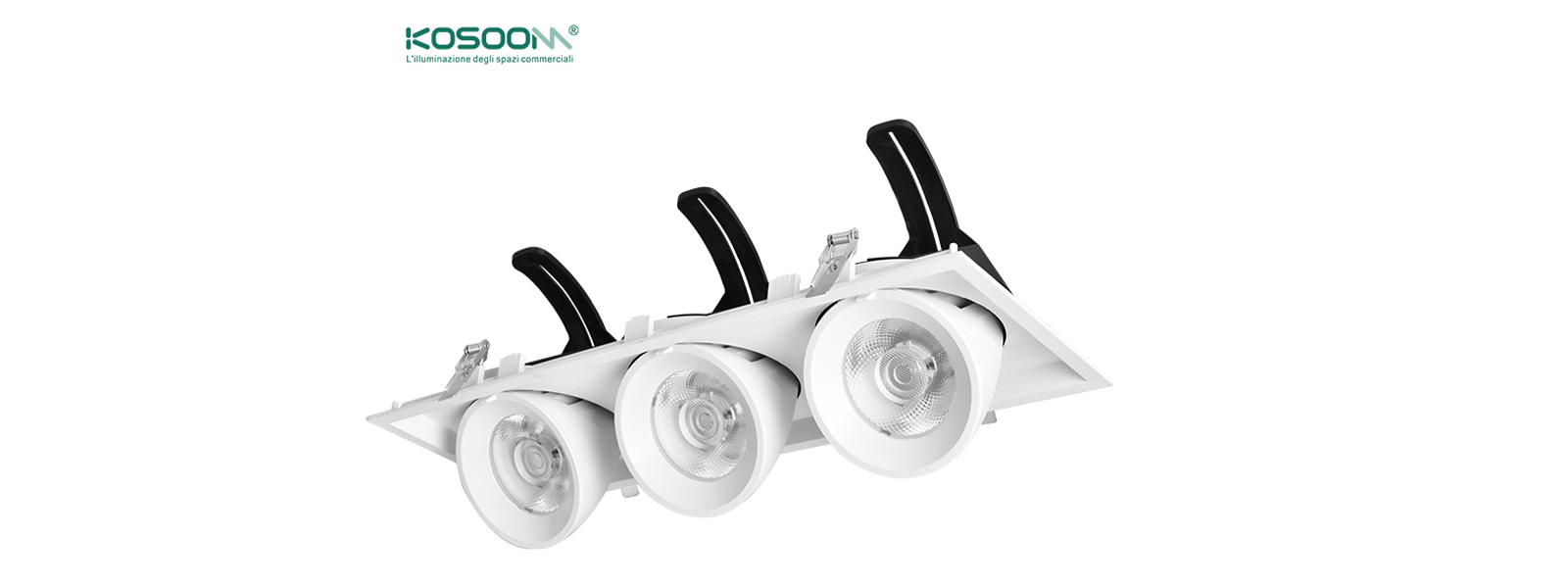
Unveiling the Advantages of LED Spotlights
Experience the future of lighting with our LED spotlights, renowned for their energy-saving capabilities. Embrace a sustainable lifestyle while enjoying the impeccable brightness our spotlights provide. Discover the positive impact on the environment when choosing LED technology.
Brightness Redefined
At Kosoom, we redefine brightness. Our LED spotlights stand out as the brightest choice for your illumination needs. Instantly transform any space with the powerful radiance of our spotlights, setting a new standard for luminosity.
Longevity and Reliability
Invest in lighting solutions that stand the test of time. Kosoom’s LED spotlights boast an impressive lifespan, ensuring you have reliable and consistent lighting for years to come. Explore the durability and trustworthiness that our spotlights bring to your living spaces.
Features of the Kosoom LED spotlight range
Cutting-Edge Technology
Our LED spotlights incorporate the latest technological advancements in lighting. Immerse yourself in the world of innovation as we merge functionality with style, creating lighting fixtures that are both efficient and aesthetically pleasing.
Kosoom offers the brightest LED spotlights
Experience the pinnacle of brightness with our spotlight collection. We take pride in offering the brightest LED spotlights, ensuring your spaces are bathed in light that outshines the rest. Illuminate your surroundings with confidence, knowing you have the brightest spotlights at your disposal.
Versatility for Every Space
Whether it’s for your home, business, or outdoor areas, Kosoom’s LED spotlights cater to diverse settings. Choose from various sizes and shapes to meet the specific requirements of each space, creating a customized lighting experience for every need.
Navigate the myriad of options with our comprehensive guide on selecting the ideal LED spotlight. Understand the correlation between light intensity and space size, and receive valuable suggestions on matching styles and decorations to make informed decisions.
Kosoom’s Quality Assurance for spotlights
Discover the meticulous process behind the creation of our LED spotlights. From the selection of premium materials to rigorous production techniques and quality checks, Kosoom ensures that every spotlight meets the highest standards of quality and craftsmanship.
This is just the beginning of your journey into the world of LED spotlights by Kosoom. Stay tuned as we delve deeper into the future trends of LED lighting and provide you with expert advice and support. Illuminate your life with Kosoom’s exceptional LED spotlights – where brilliance meets innovation.
FAQs about LED Spotlights:
Can spotlights be used for both indoor and outdoor applications?
Yes, spotlights can be used in both indoor and outdoor settings. They are versatile lighting fixtures that can enhance various environments, including residential spaces, commercial buildings, outdoor landscapes, and more.
Can spotlights be used for highlighting specific objects or artwork?
Absolutely! Spotlights are excellent for highlighting specific objects or artwork. With their focused beam and adjustable angles, spotlights allow you to direct attention and create a visually striking display, emphasizing the details and enhancing the overall visual appeal of the objects or artwork.


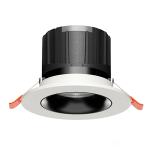
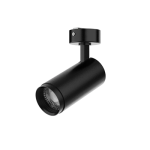

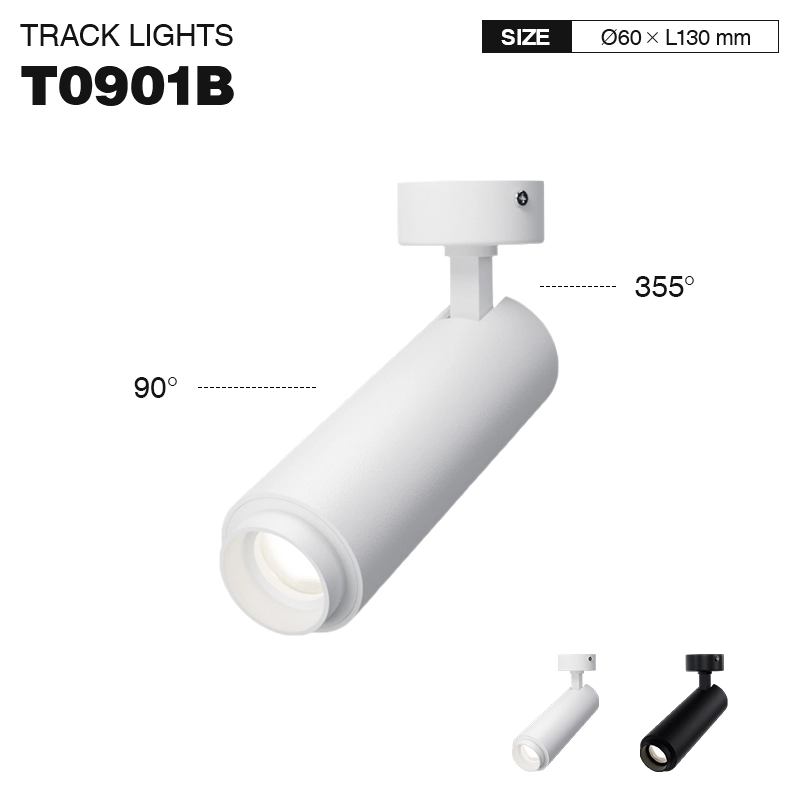
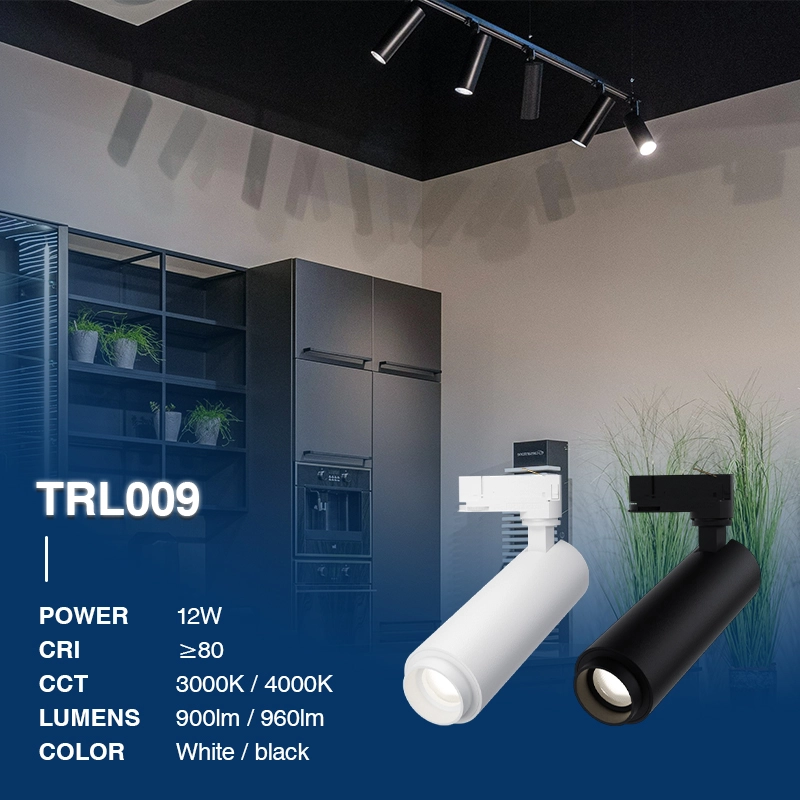
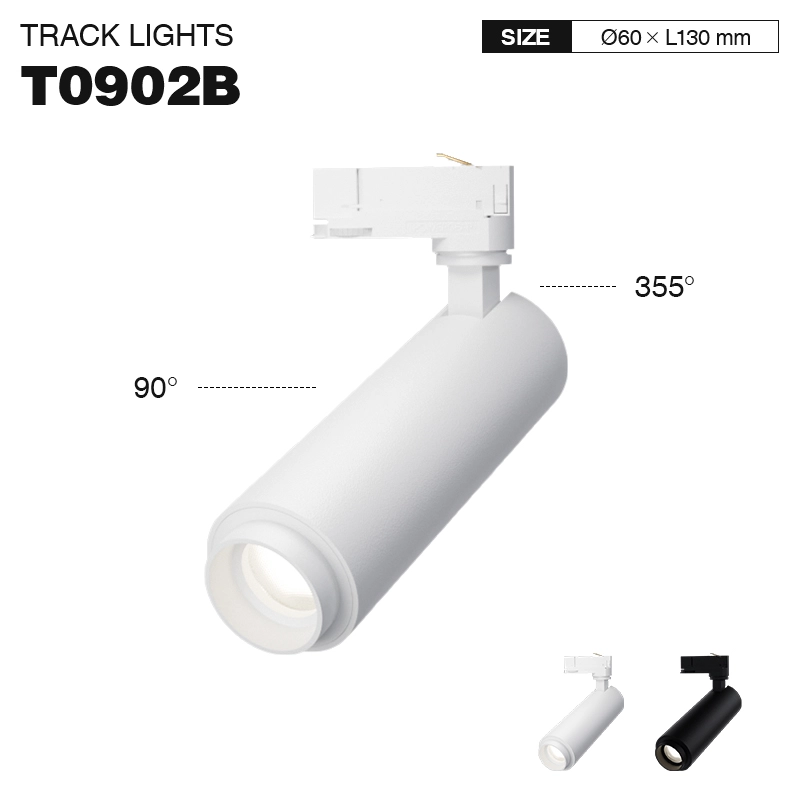
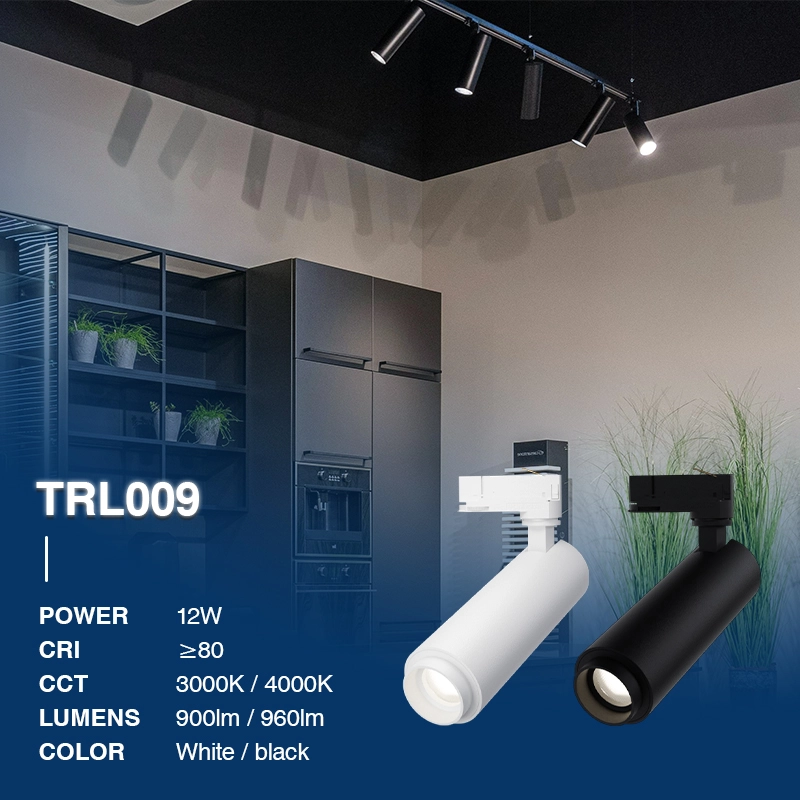
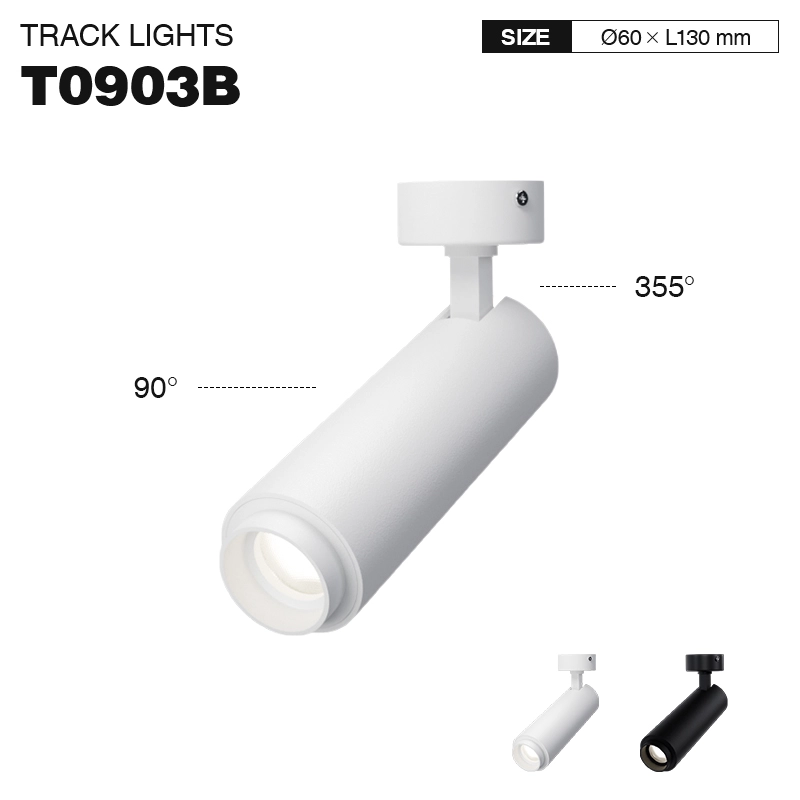
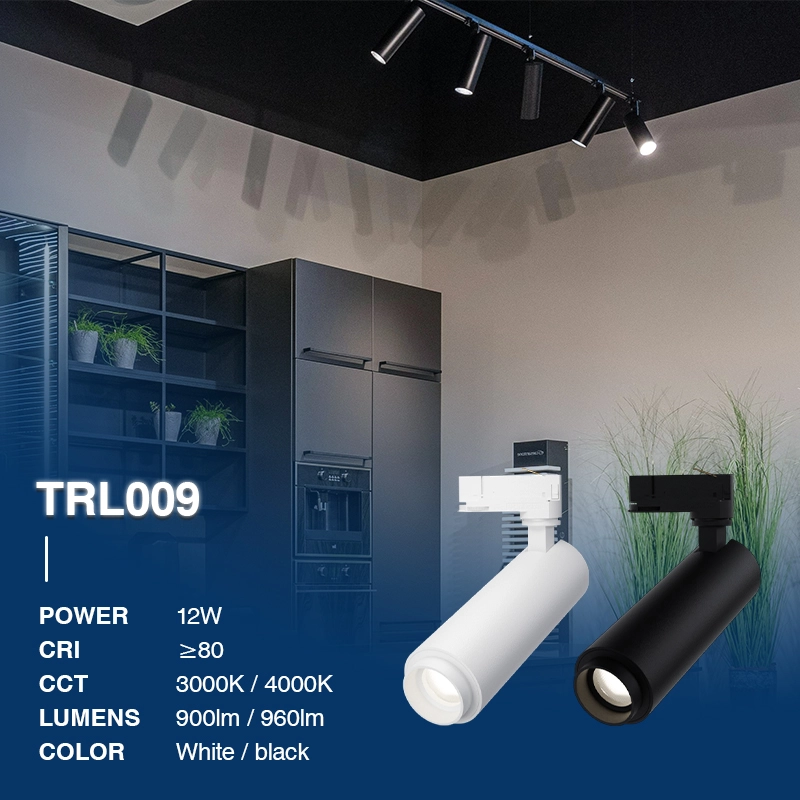
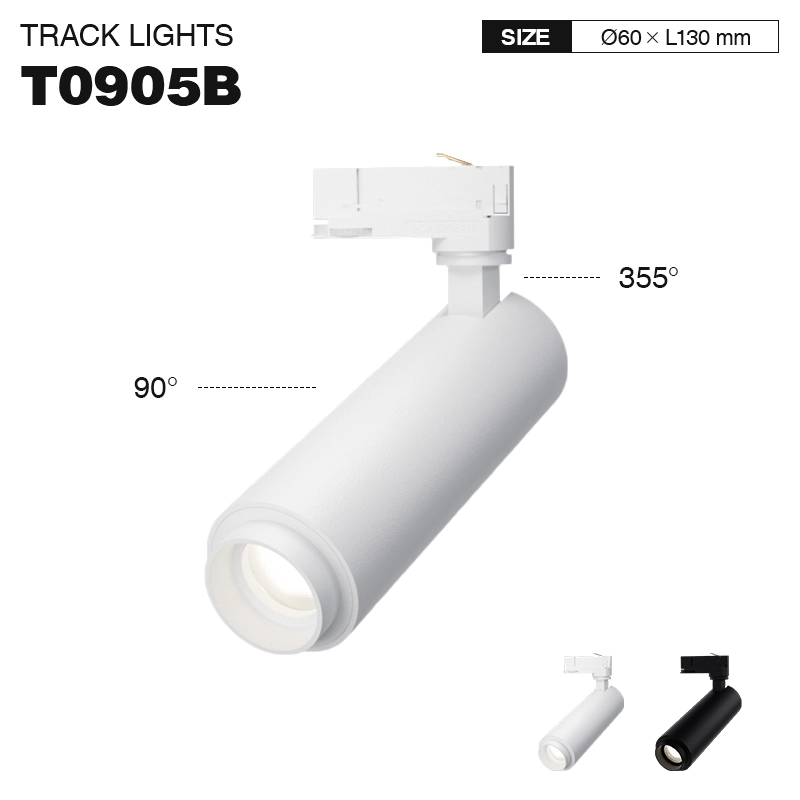
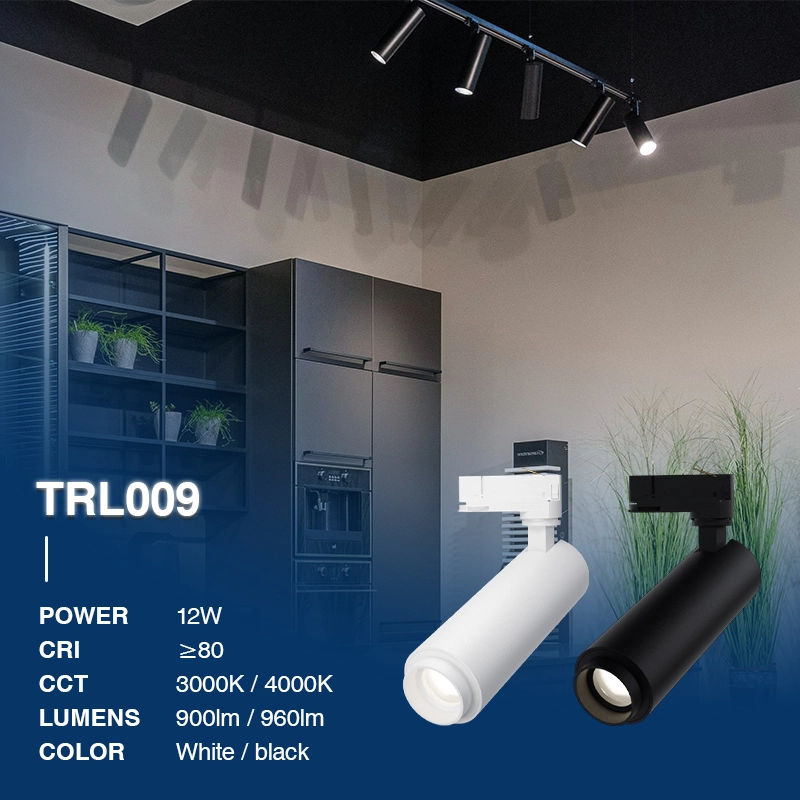
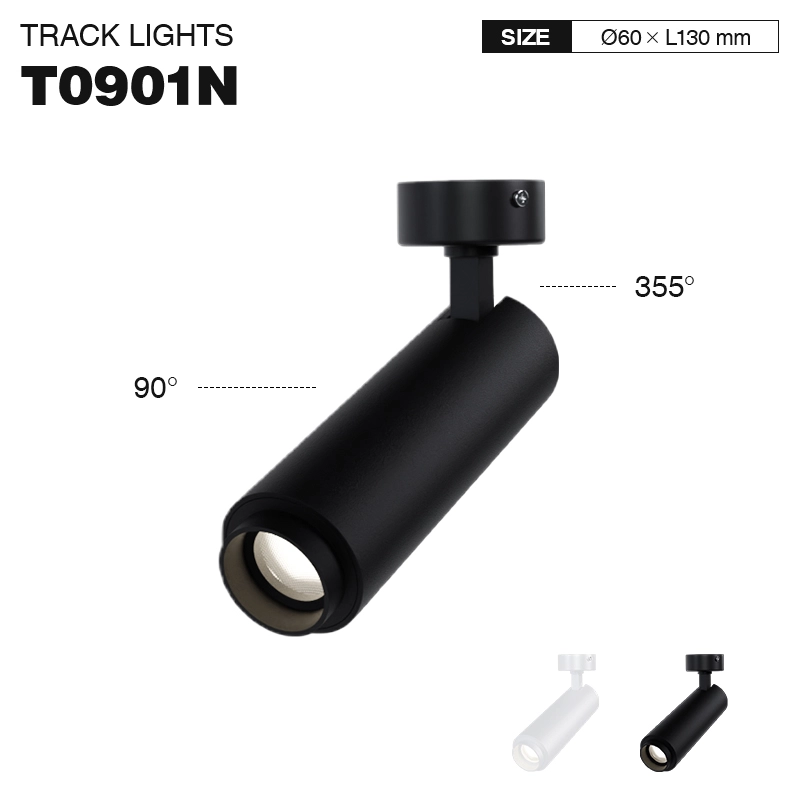
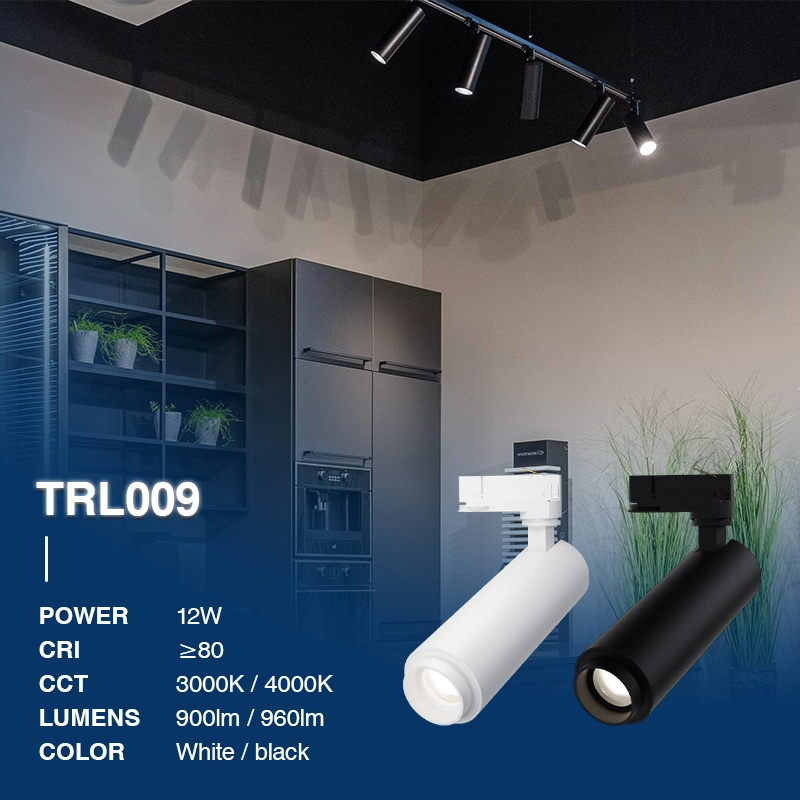
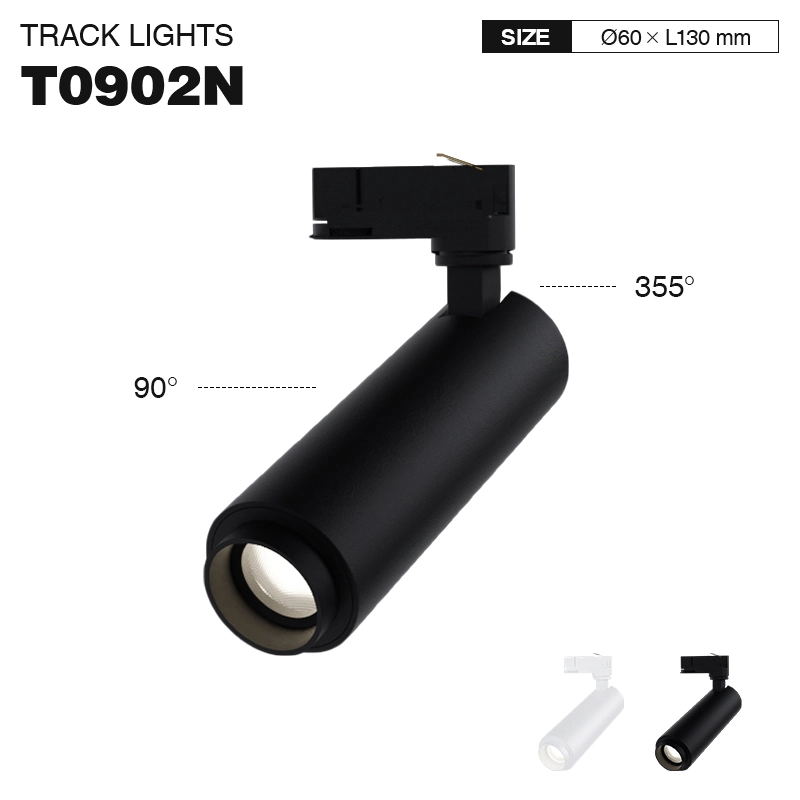
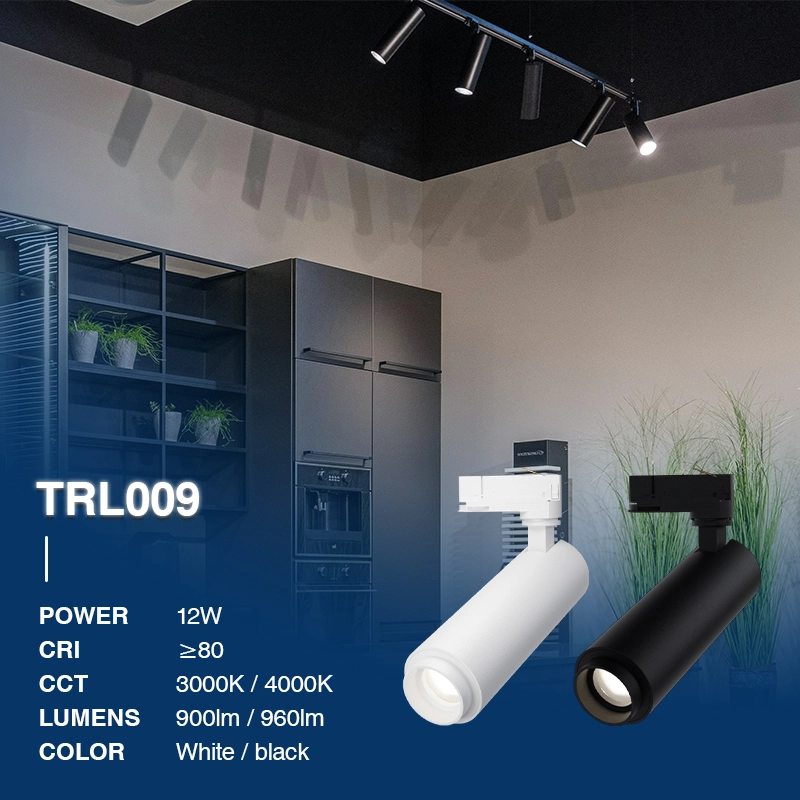
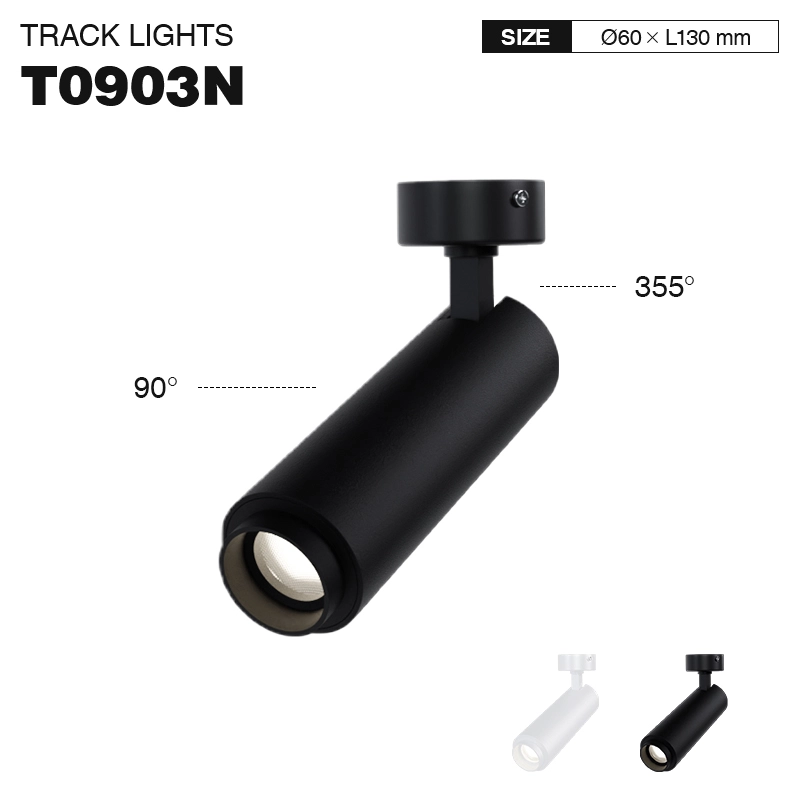
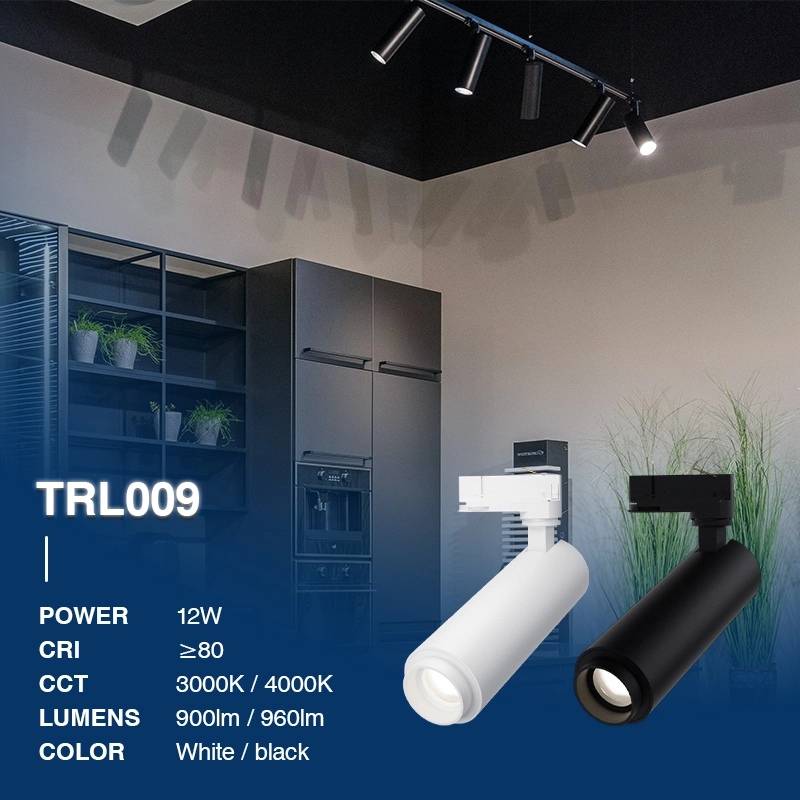
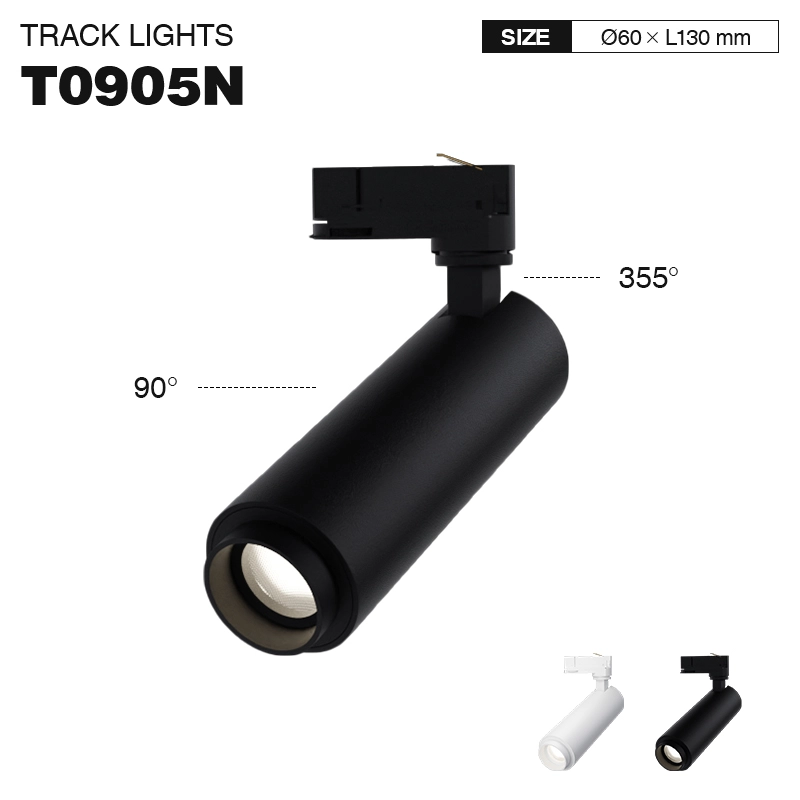
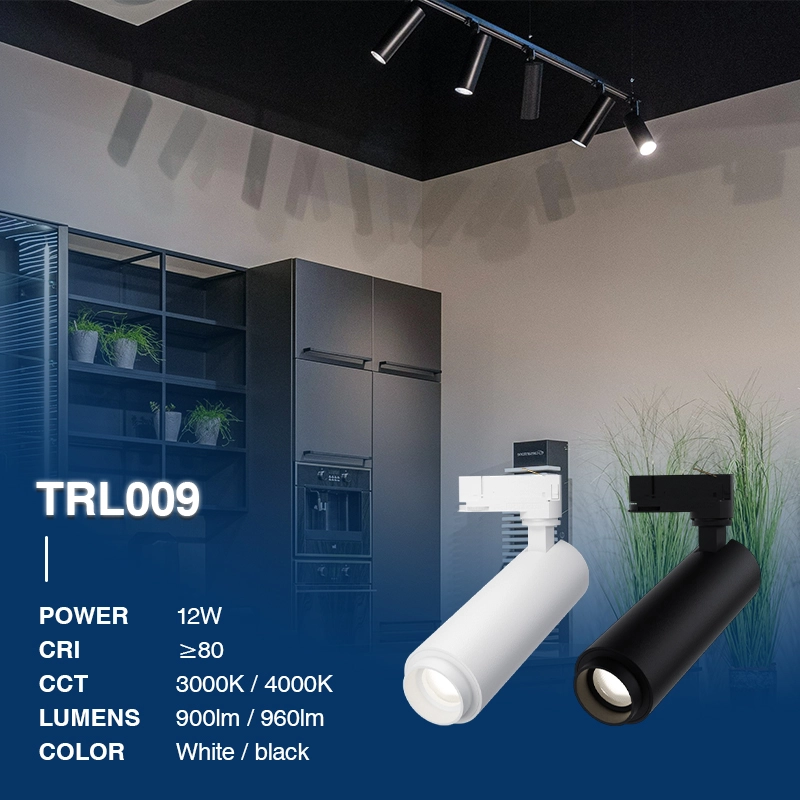
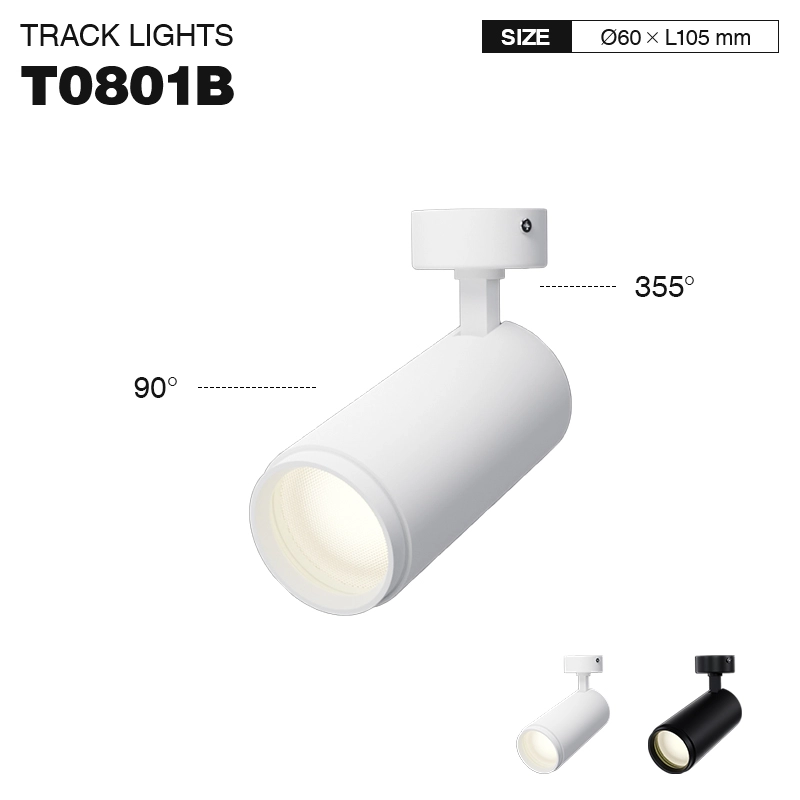
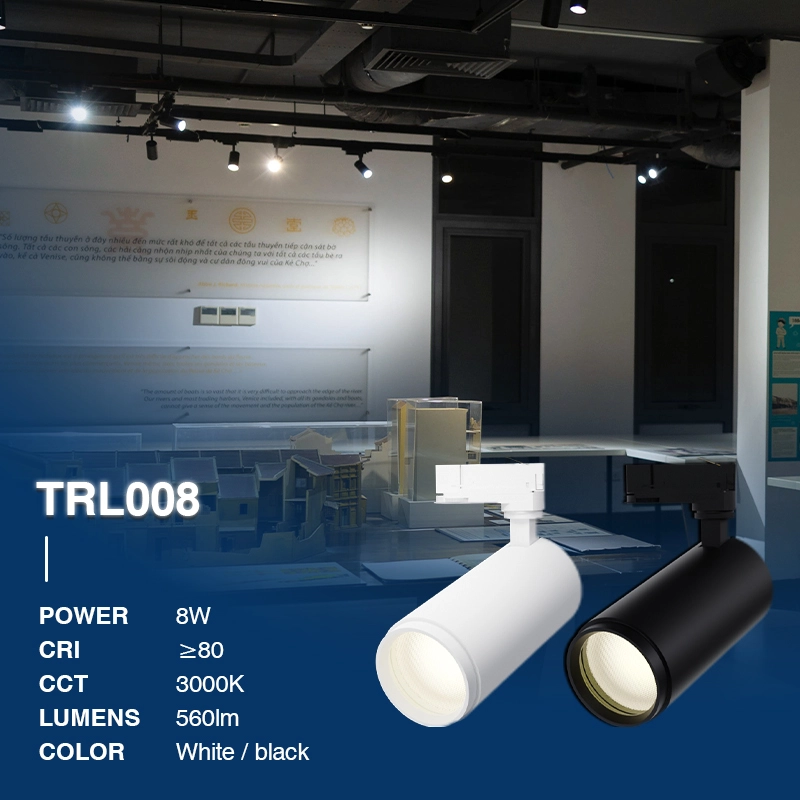
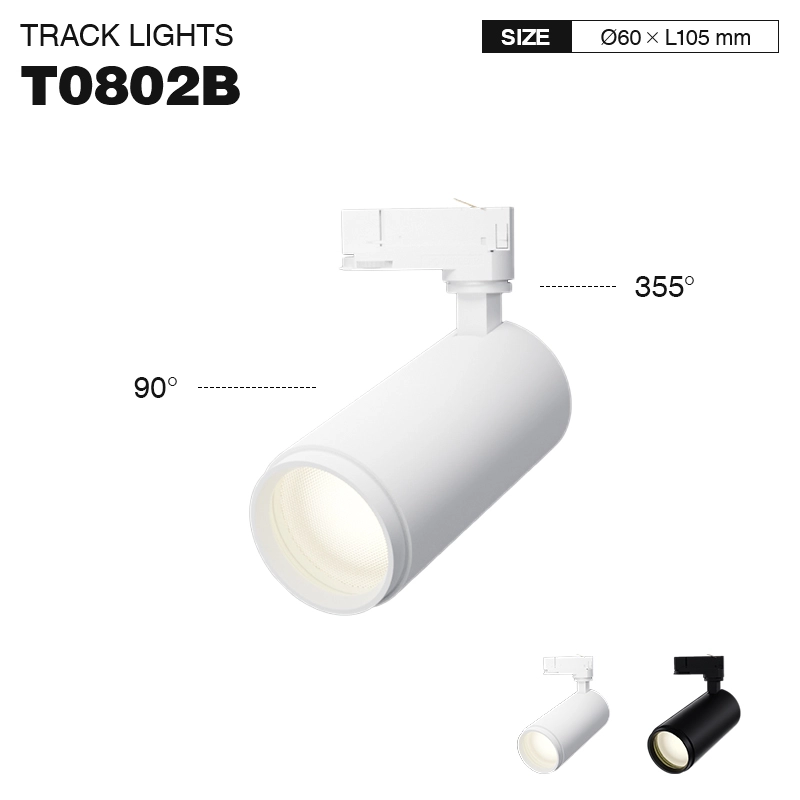
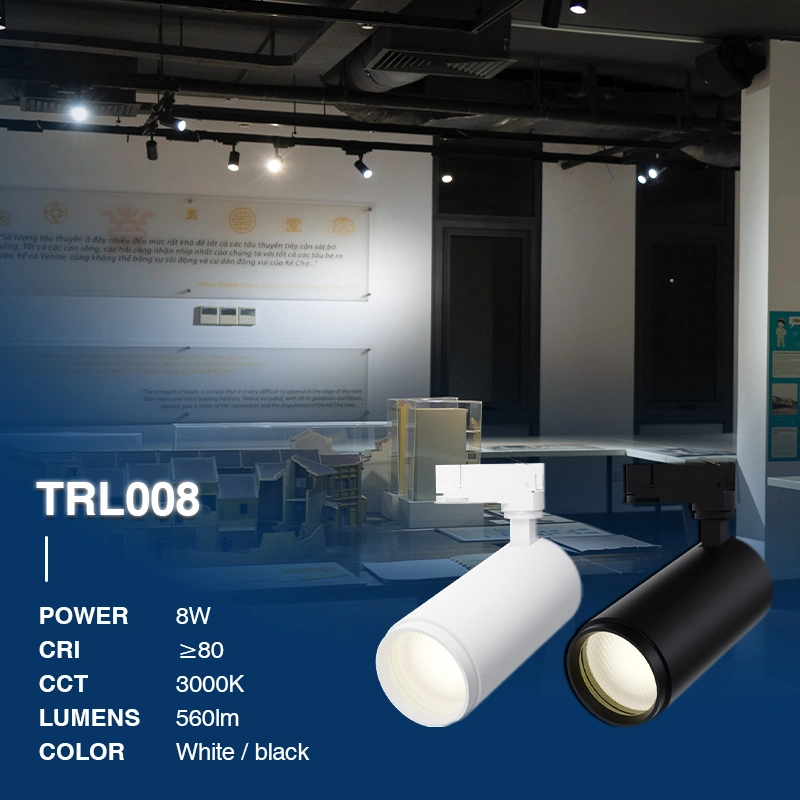
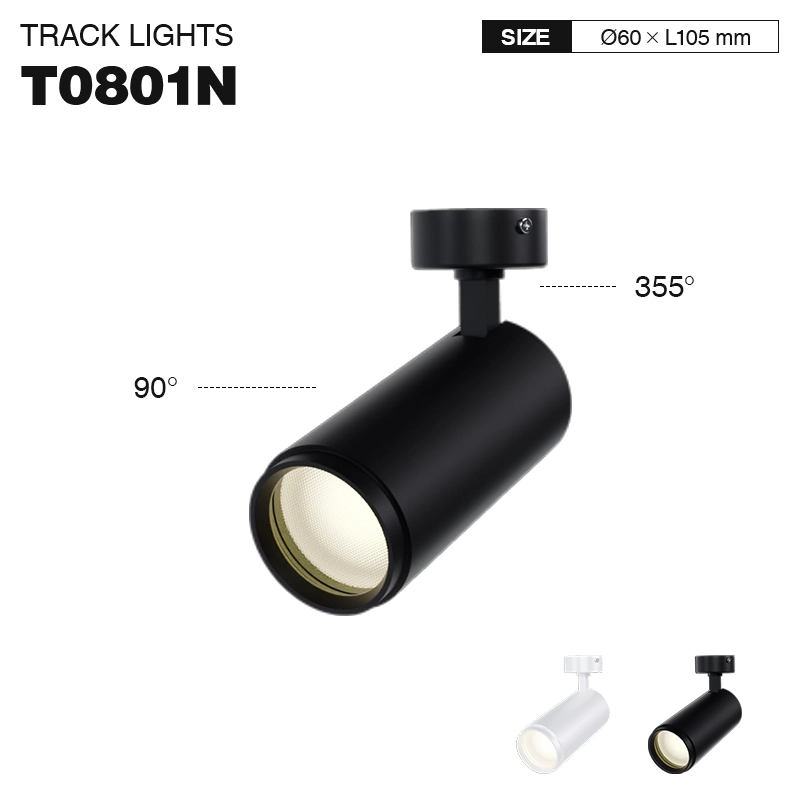
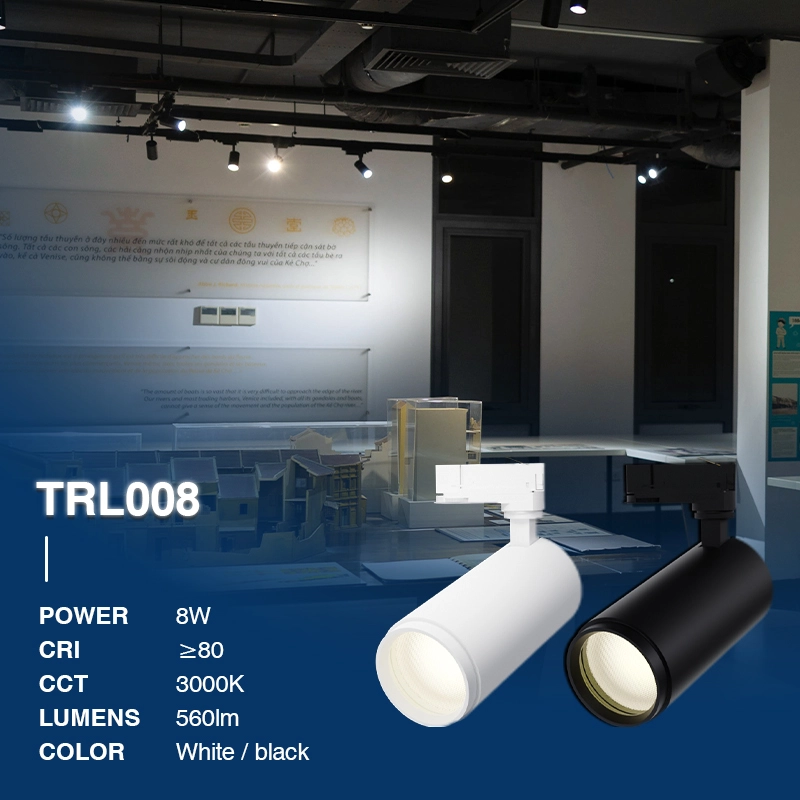
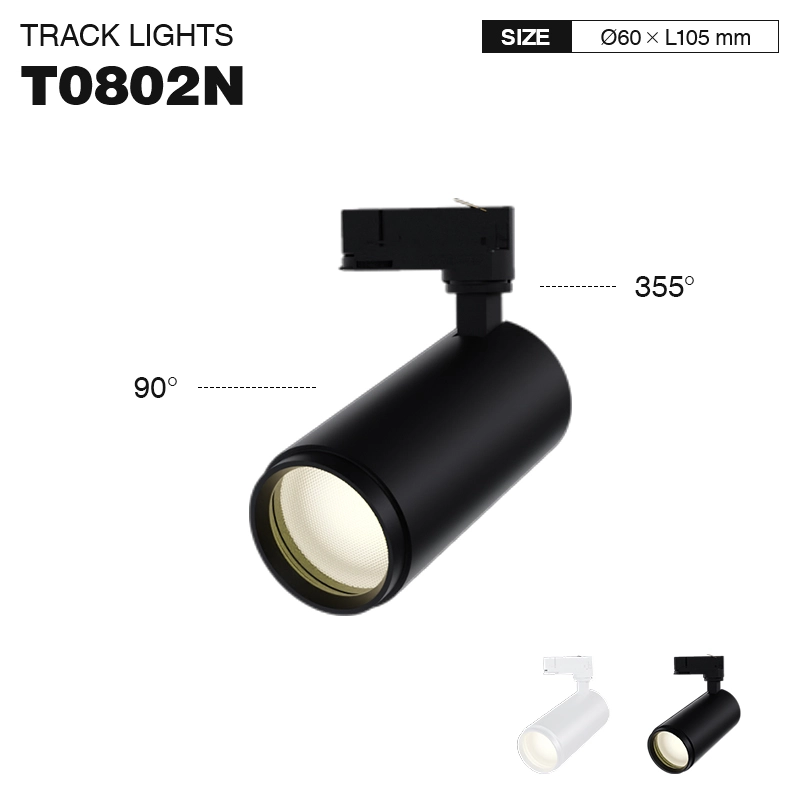
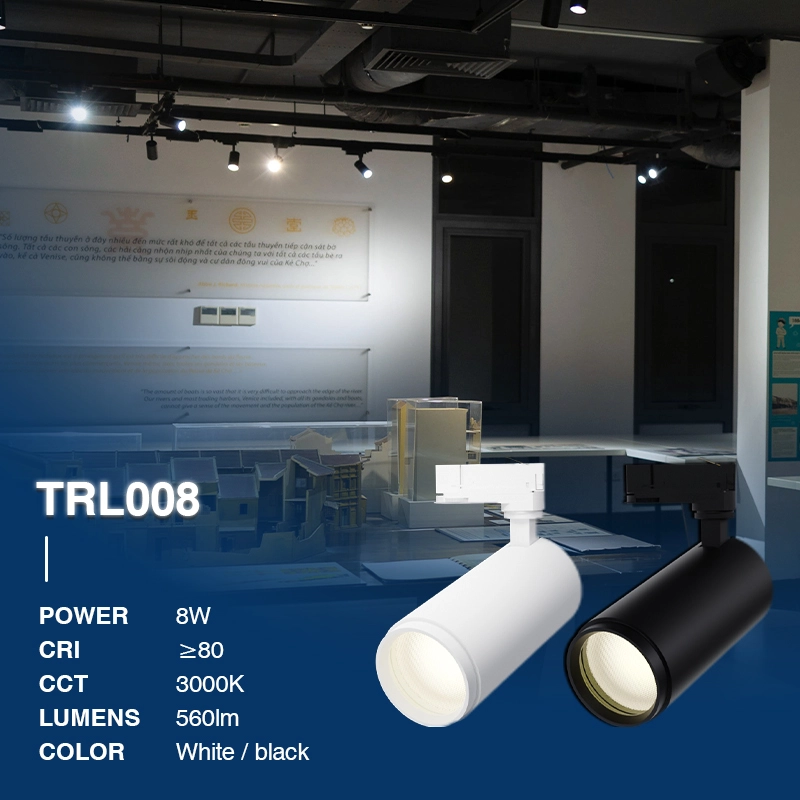
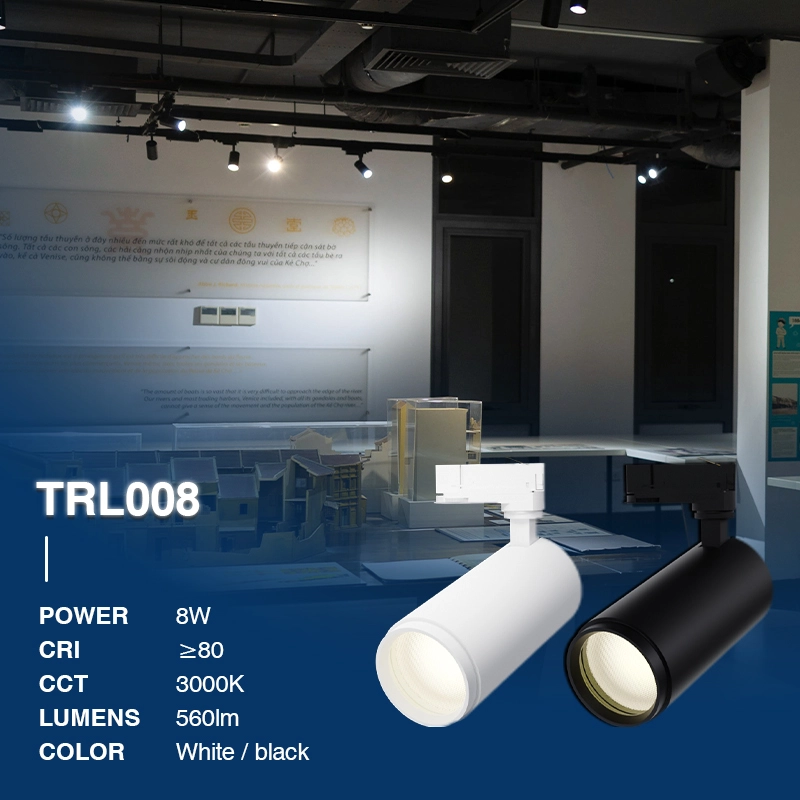
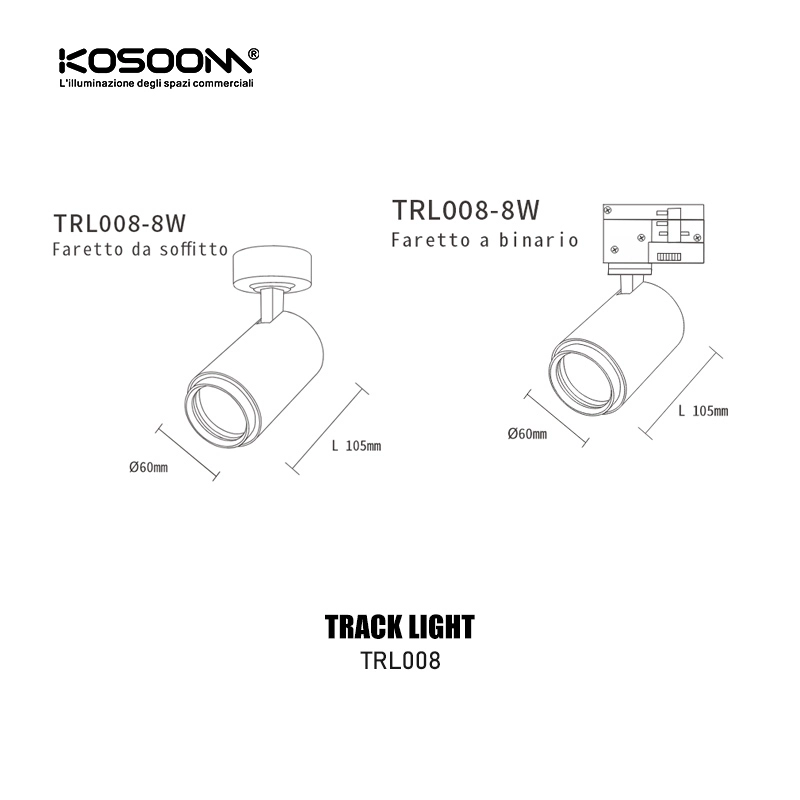
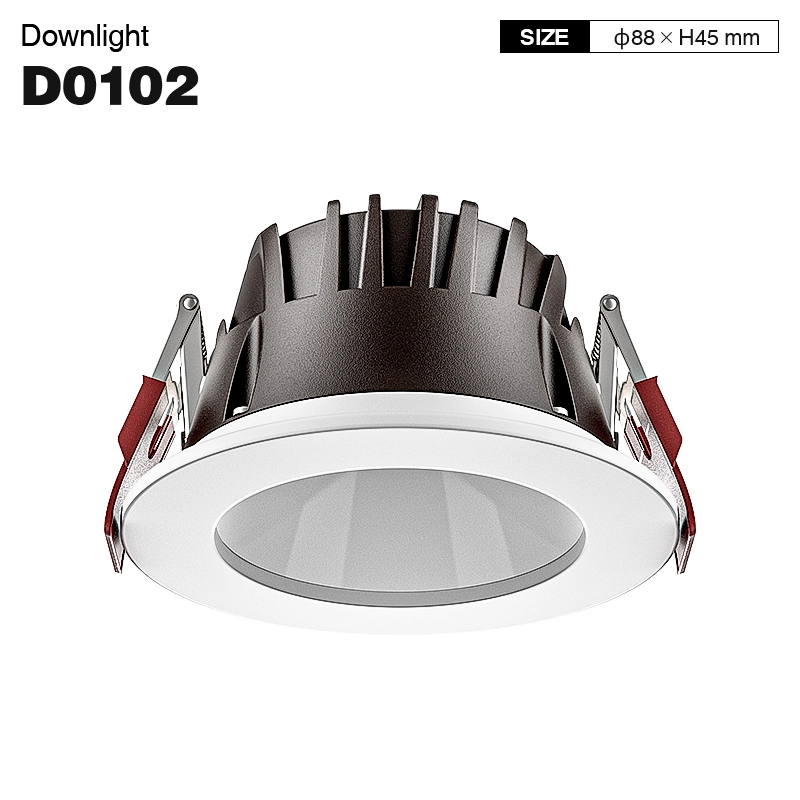
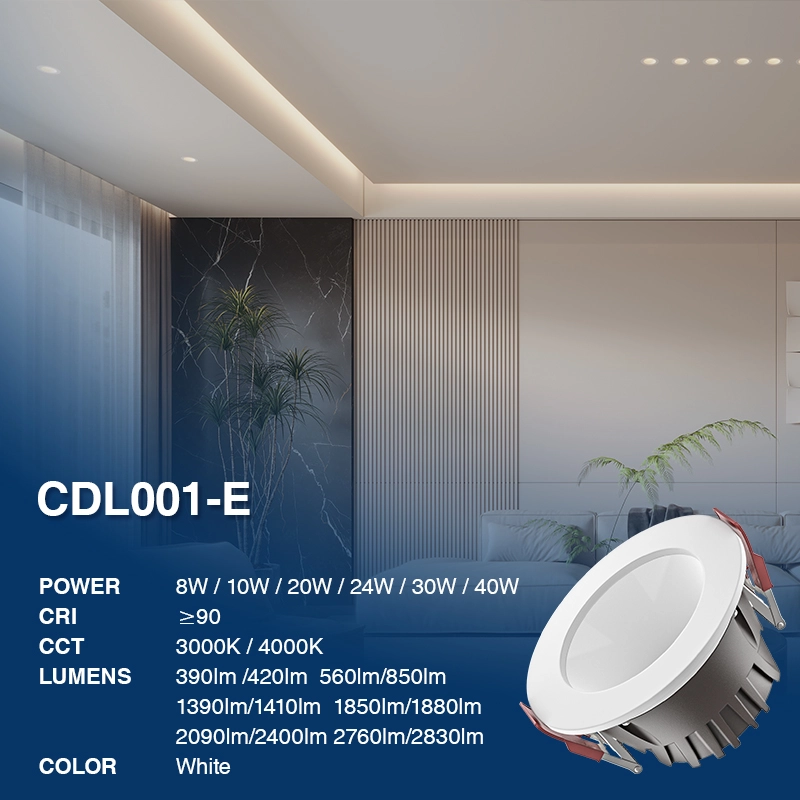
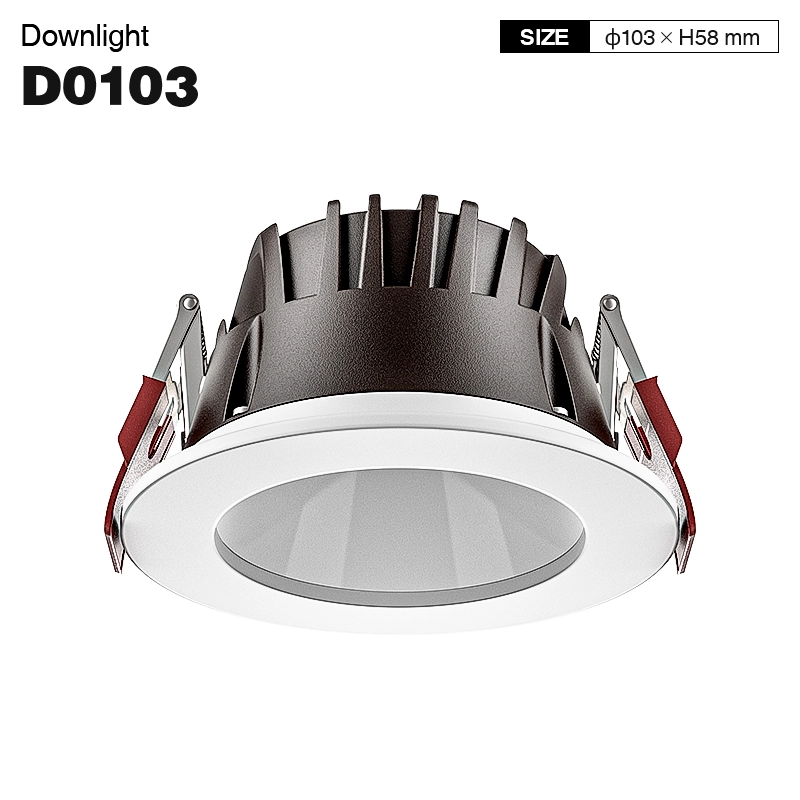
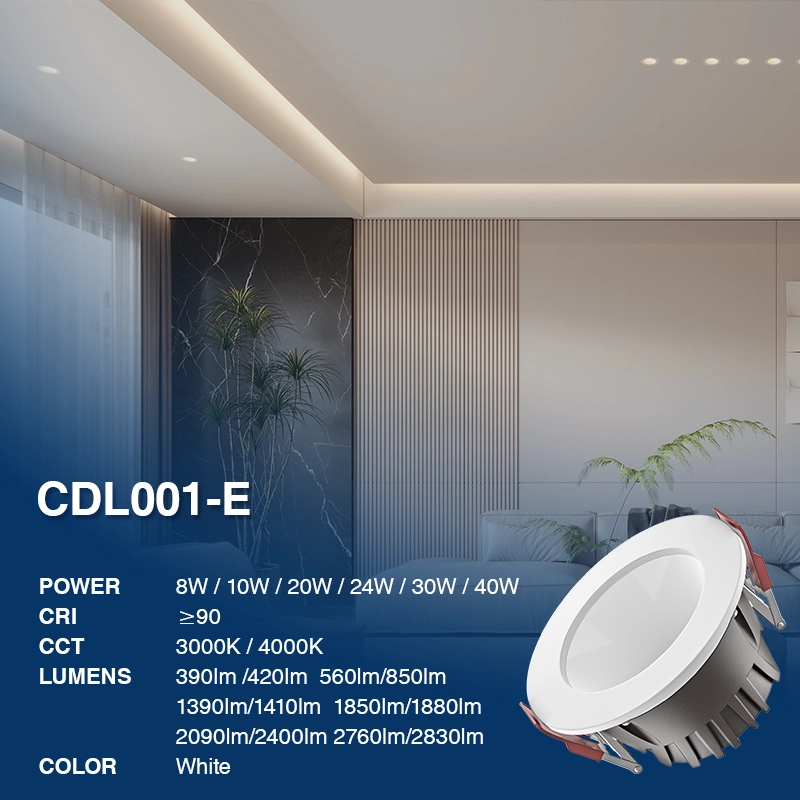
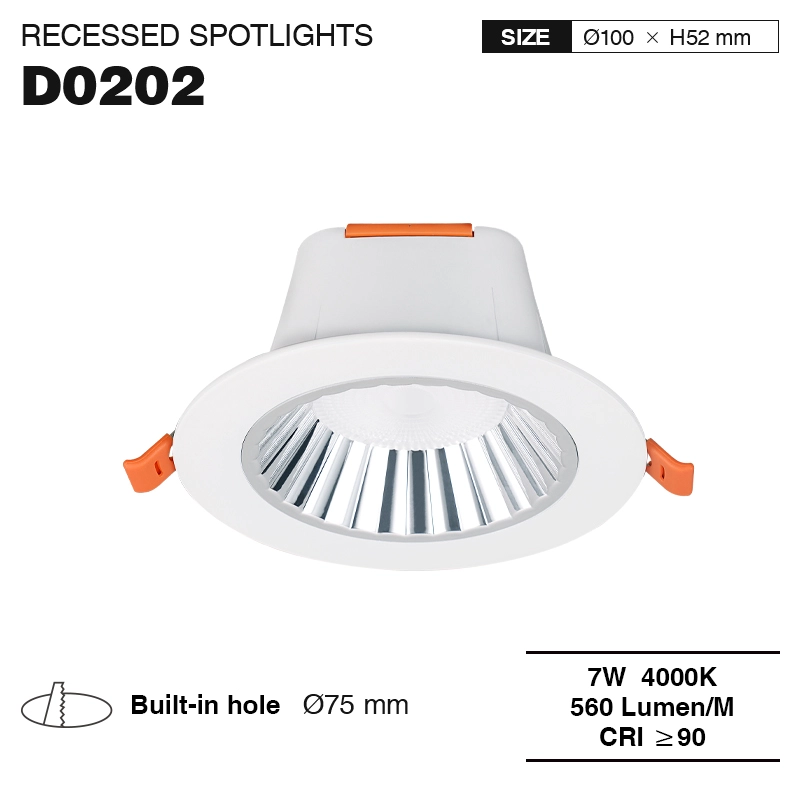
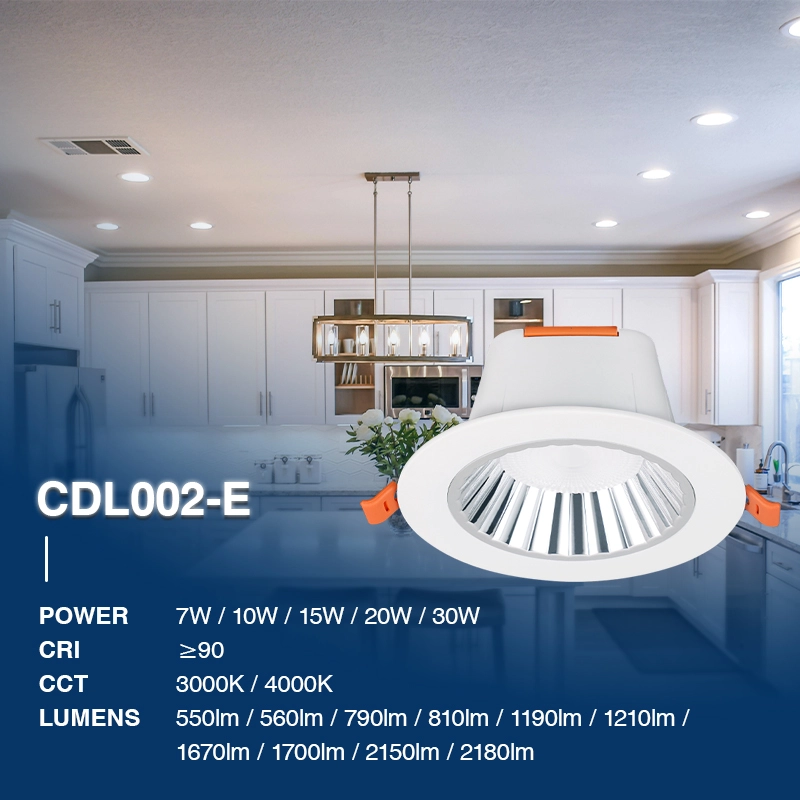

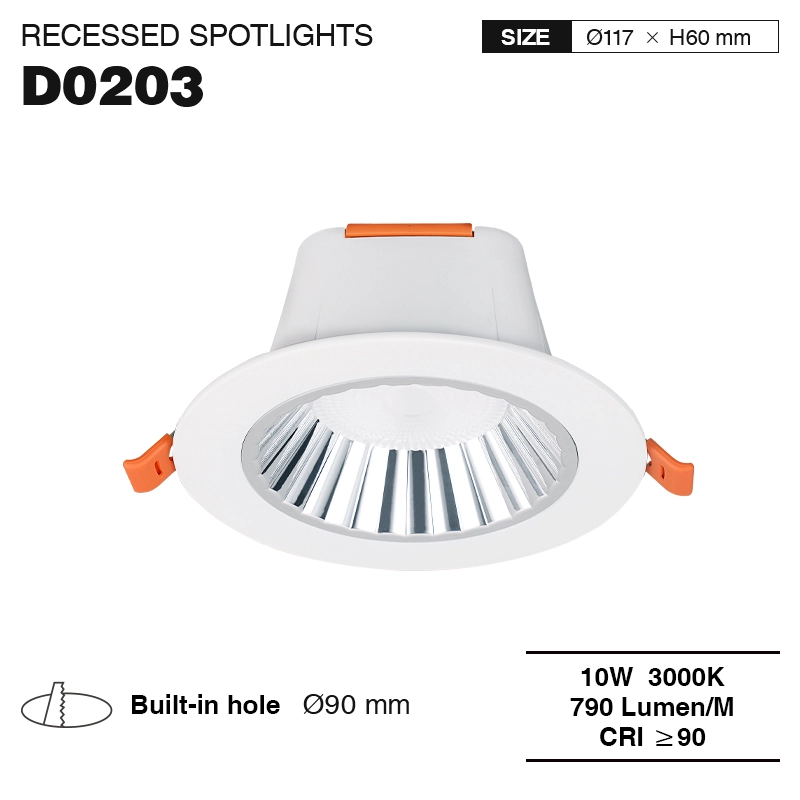
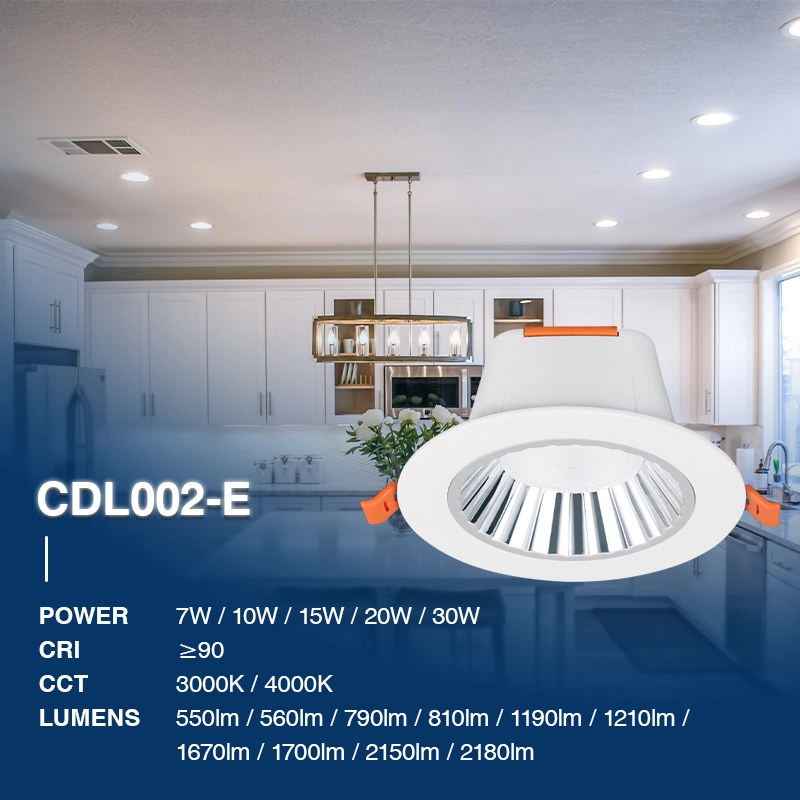
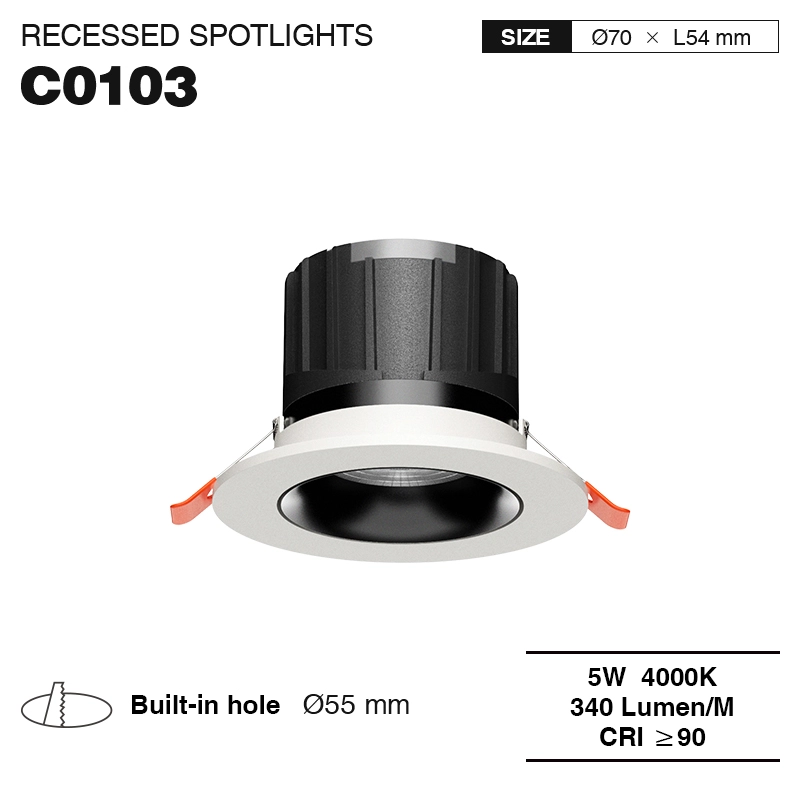
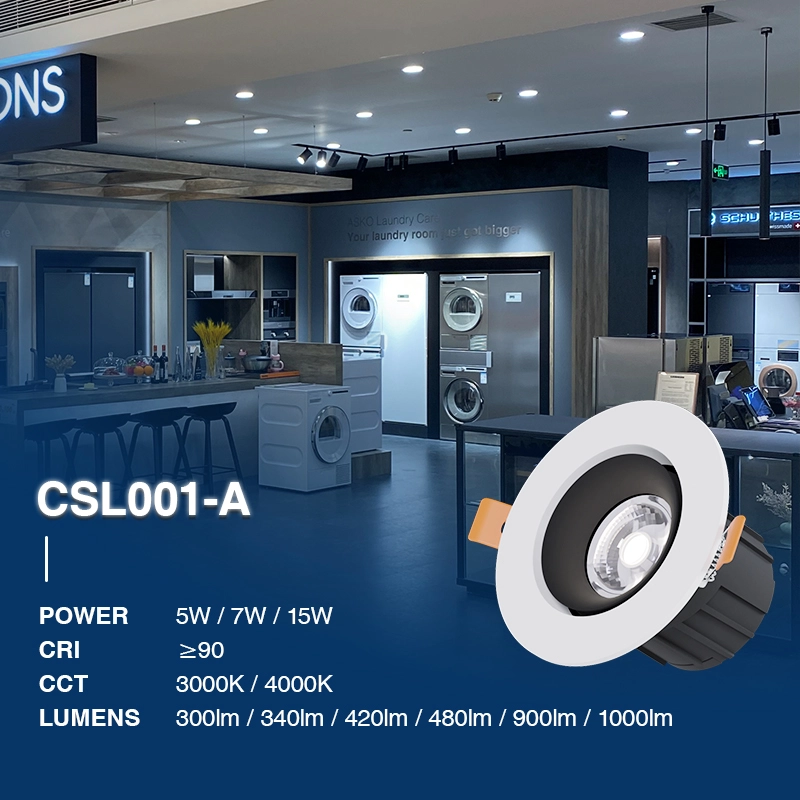
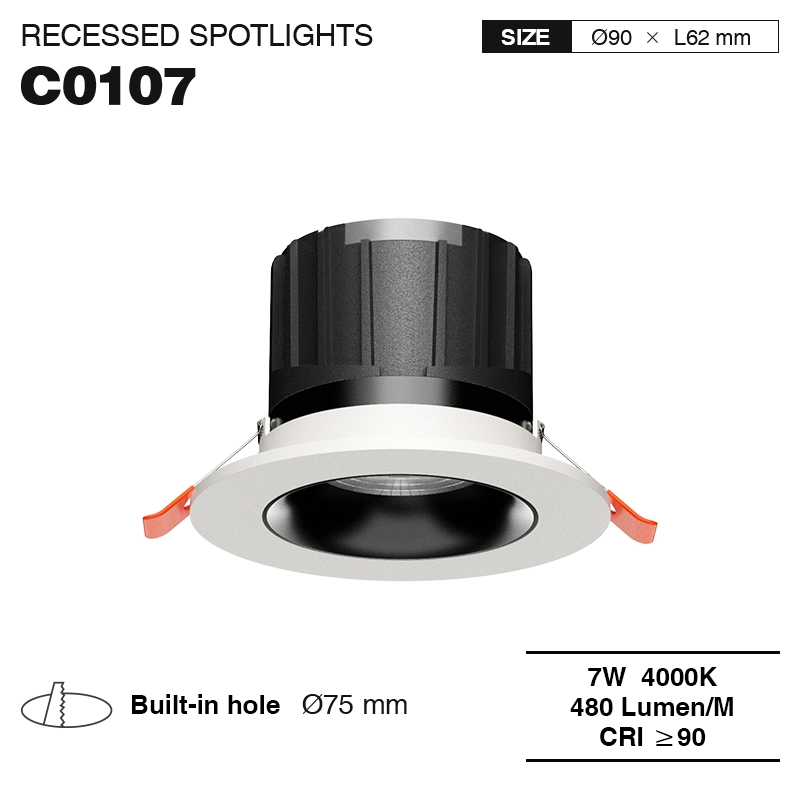
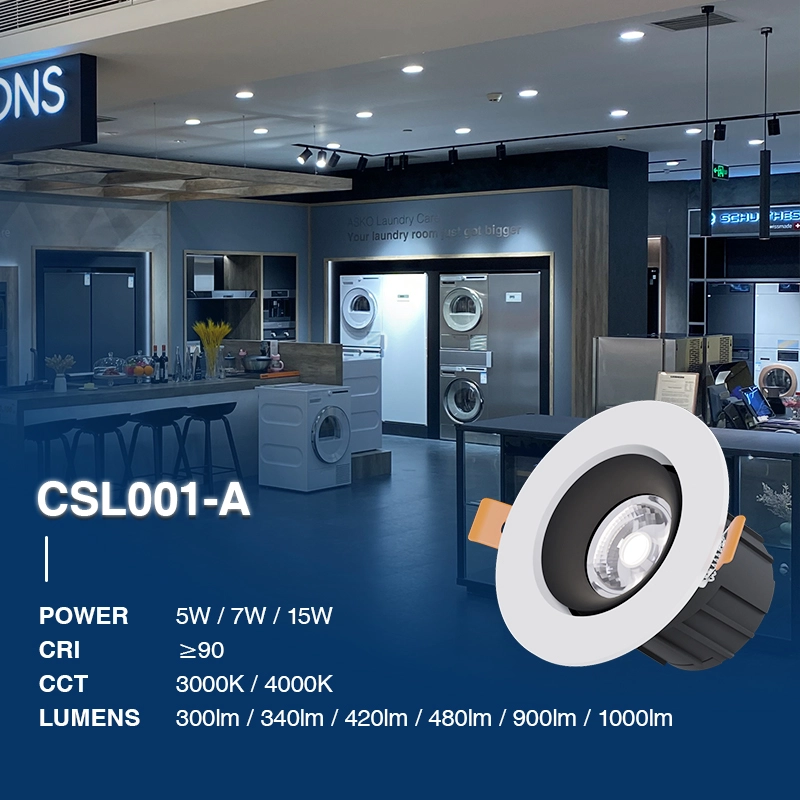
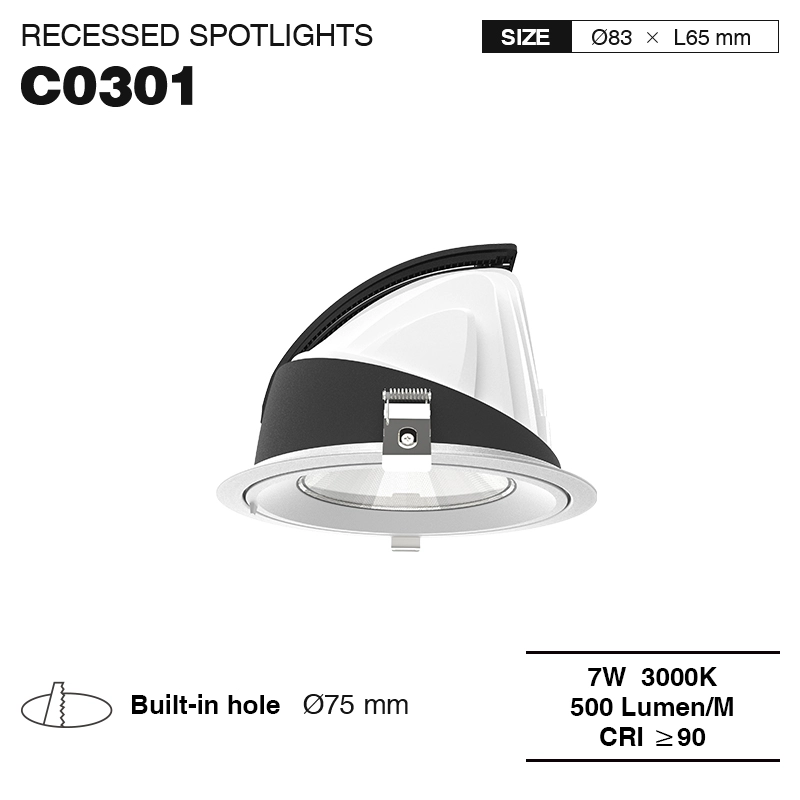

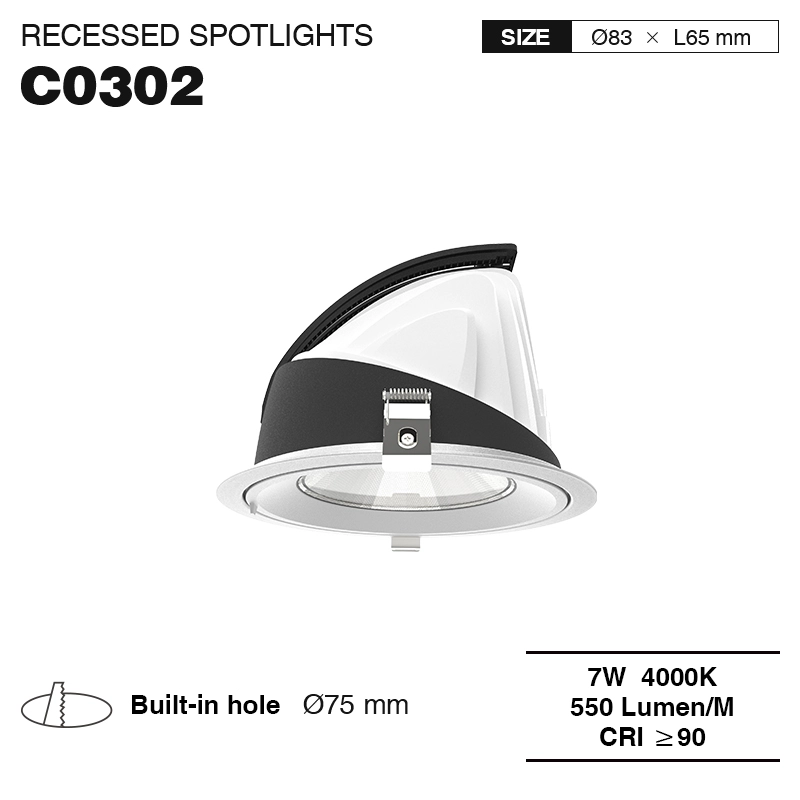
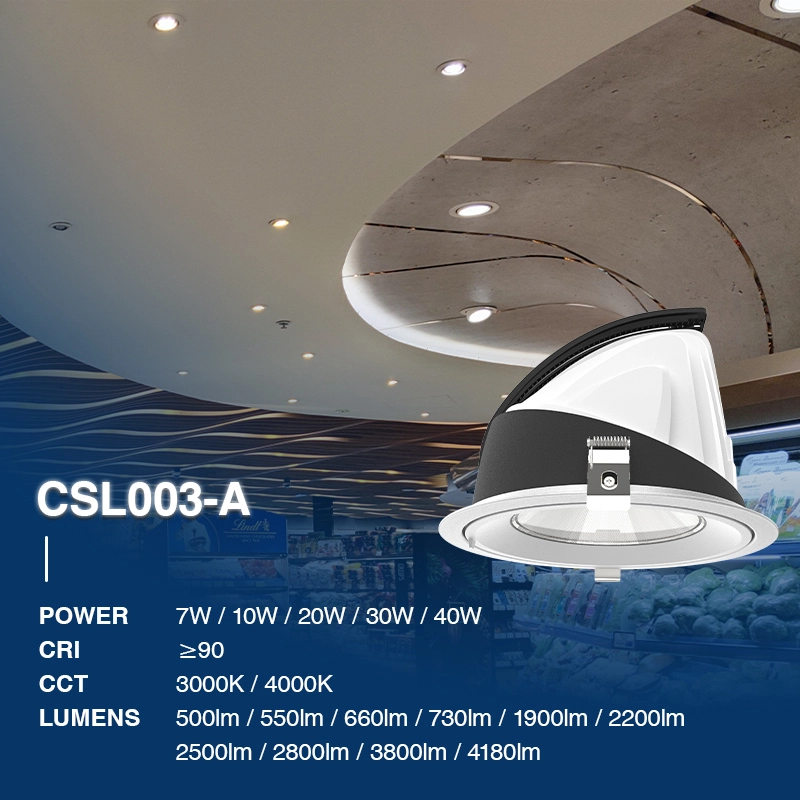
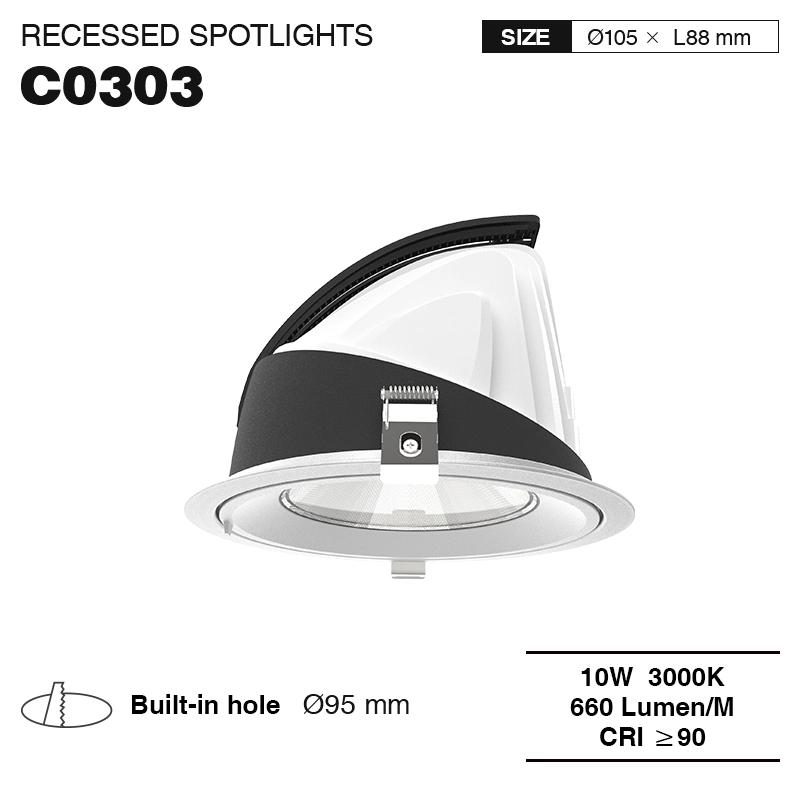
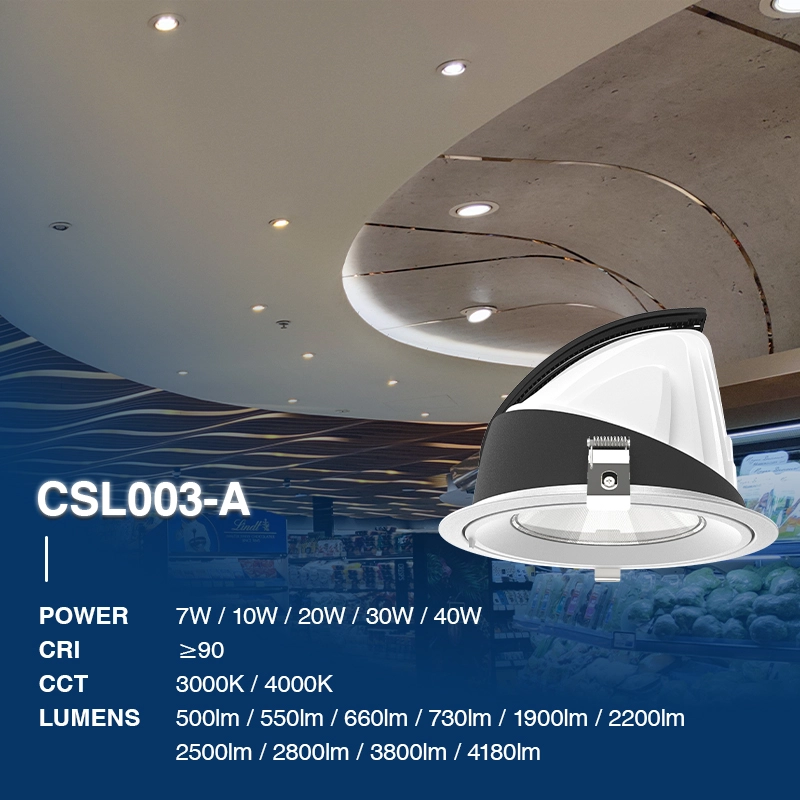
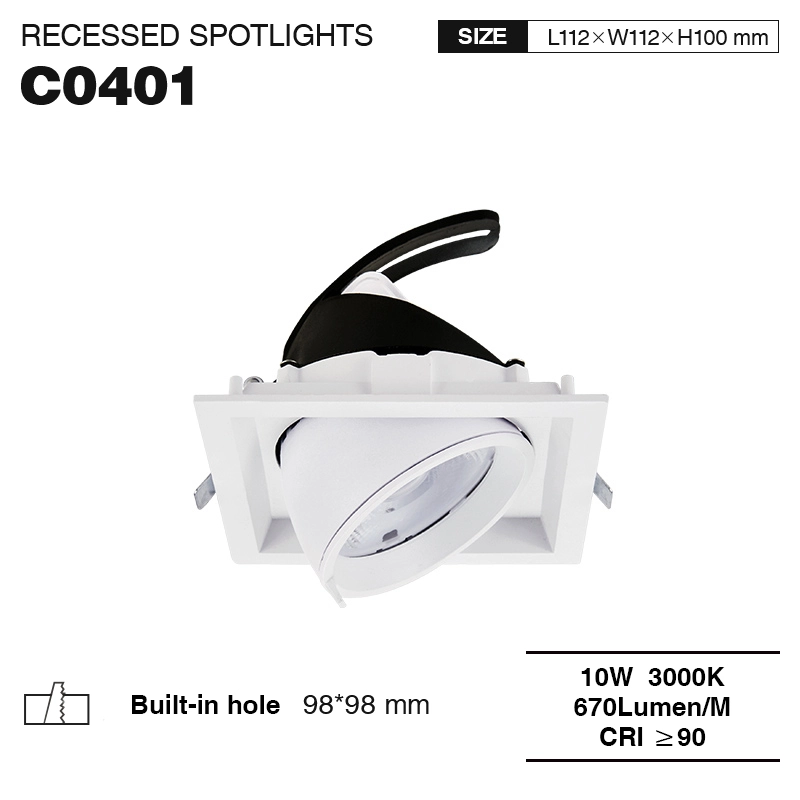
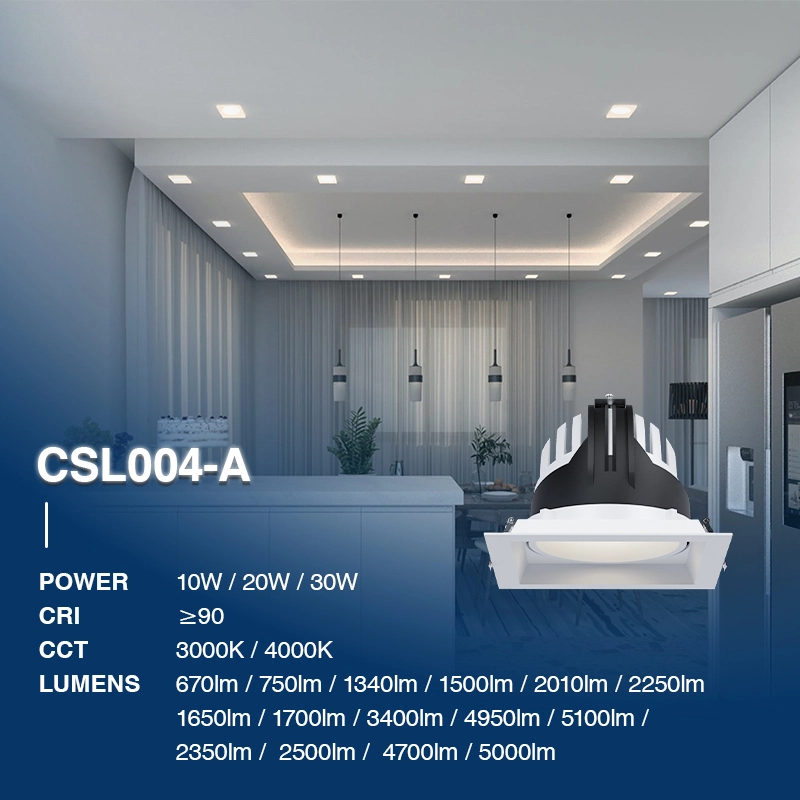
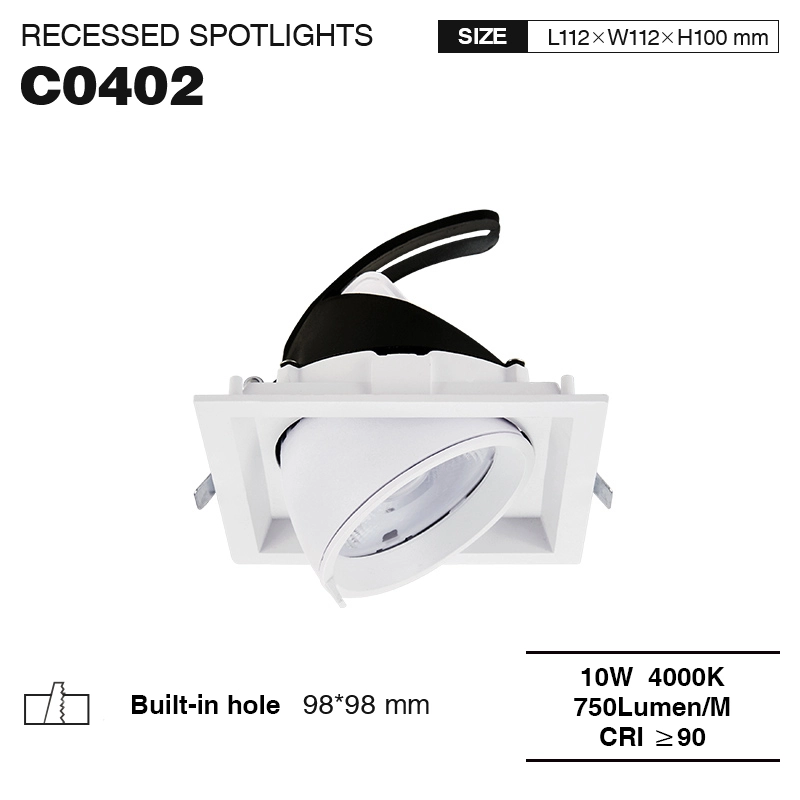
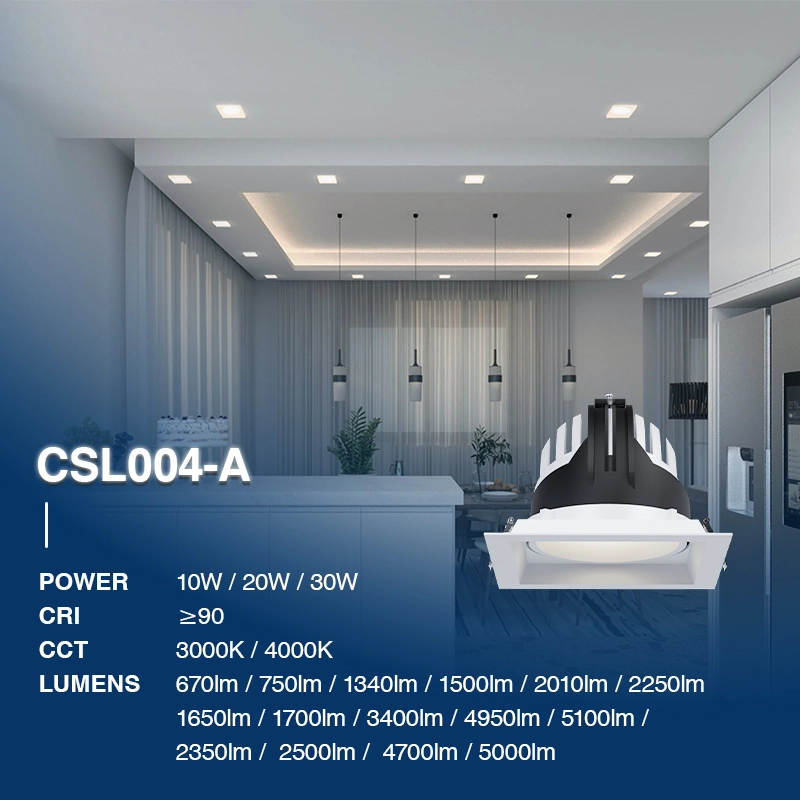
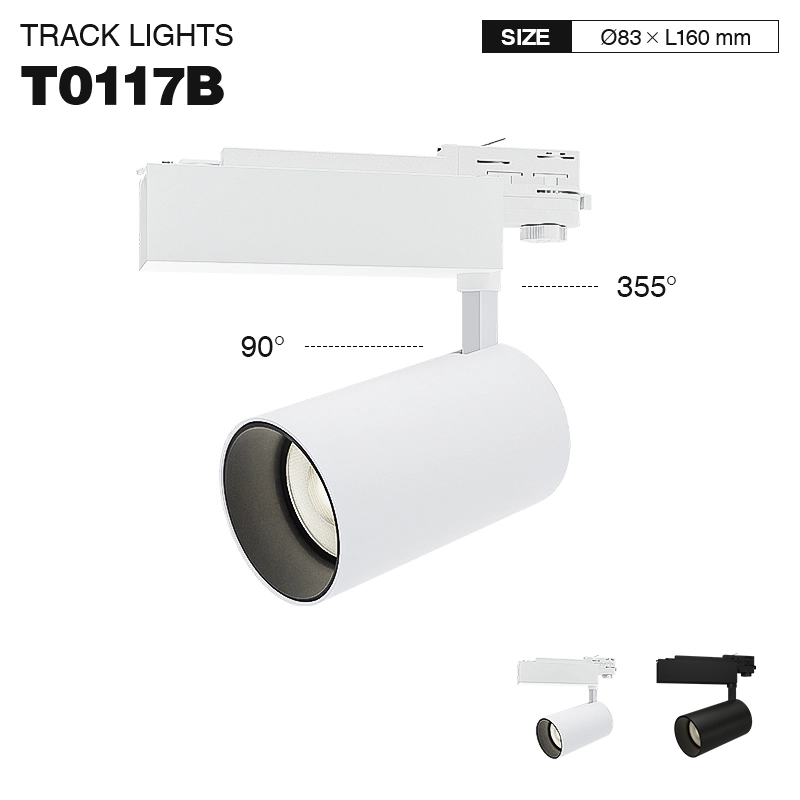

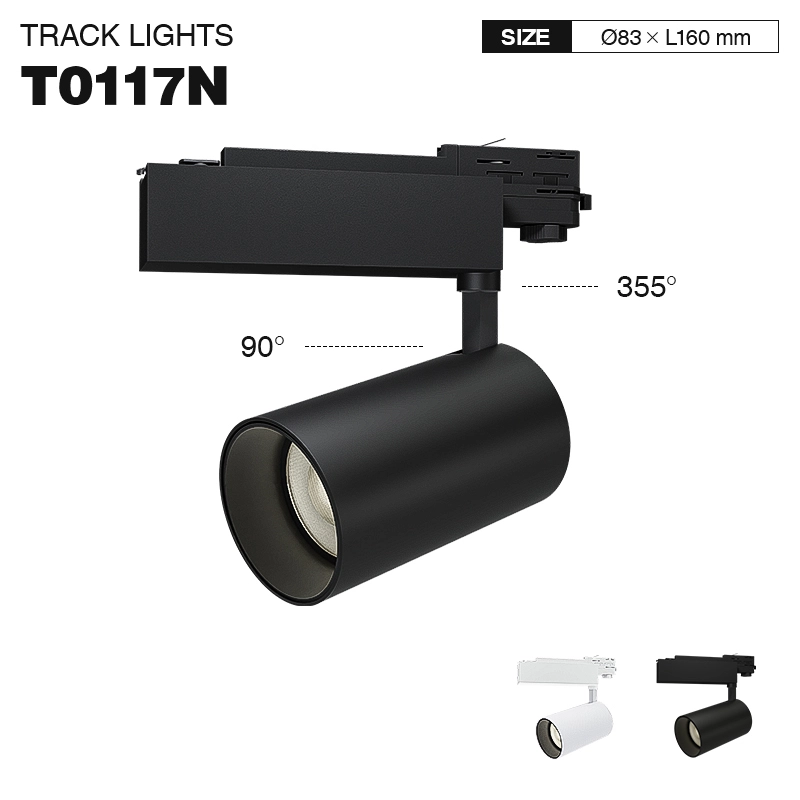
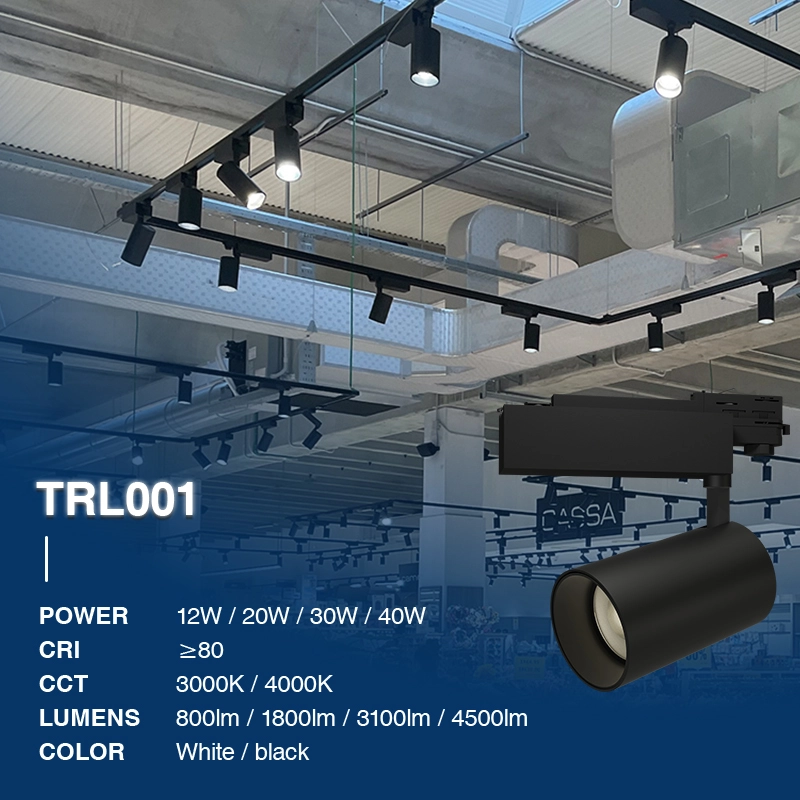
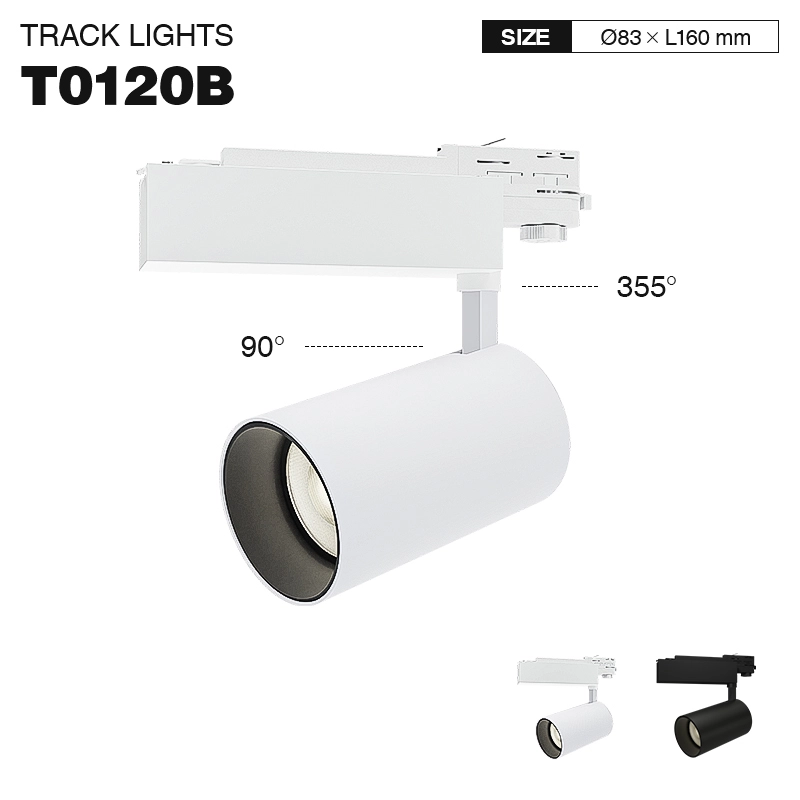

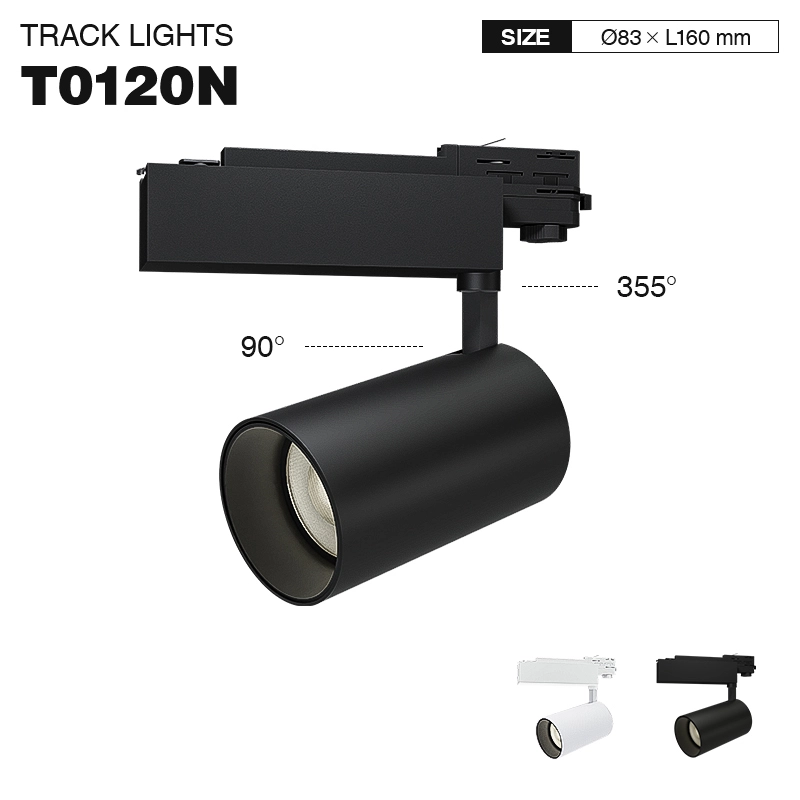

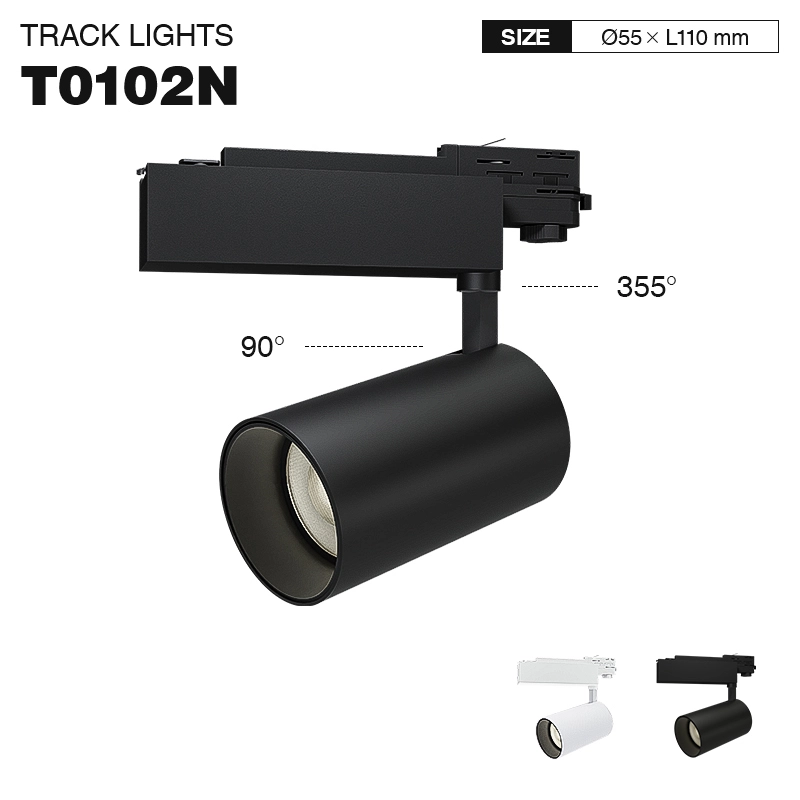

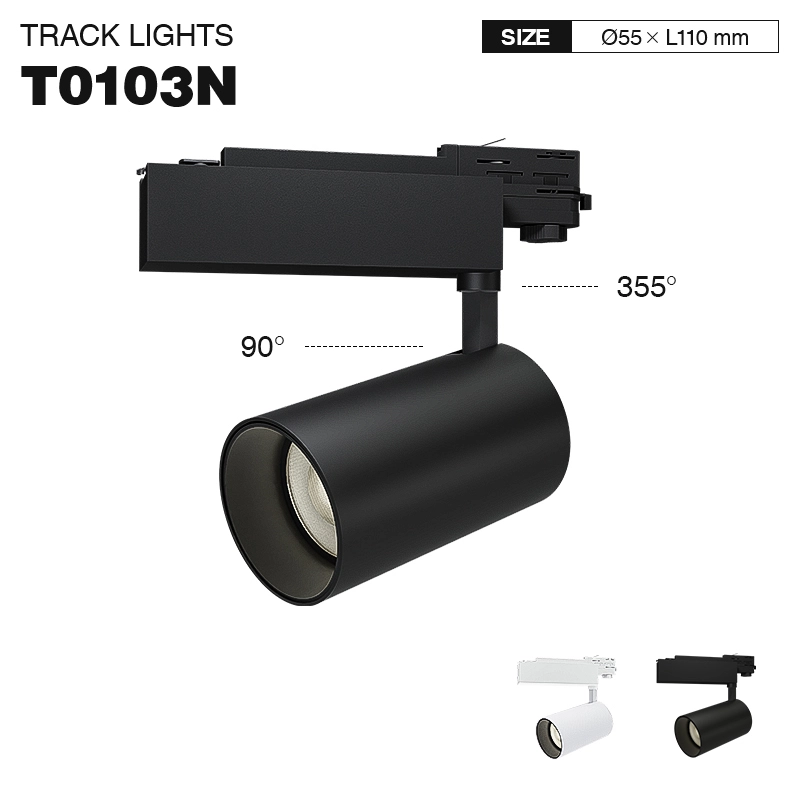

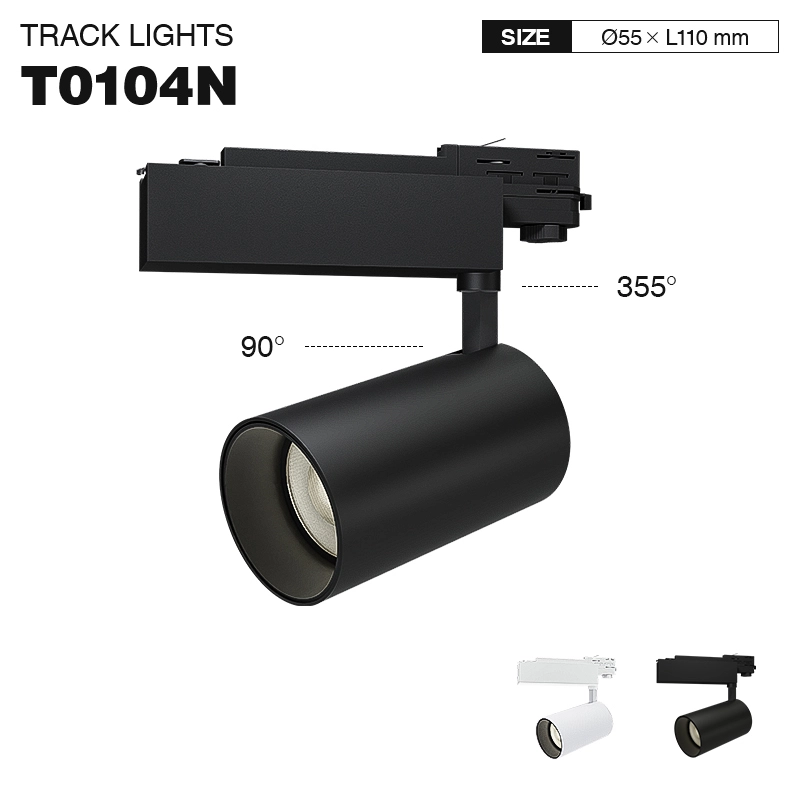

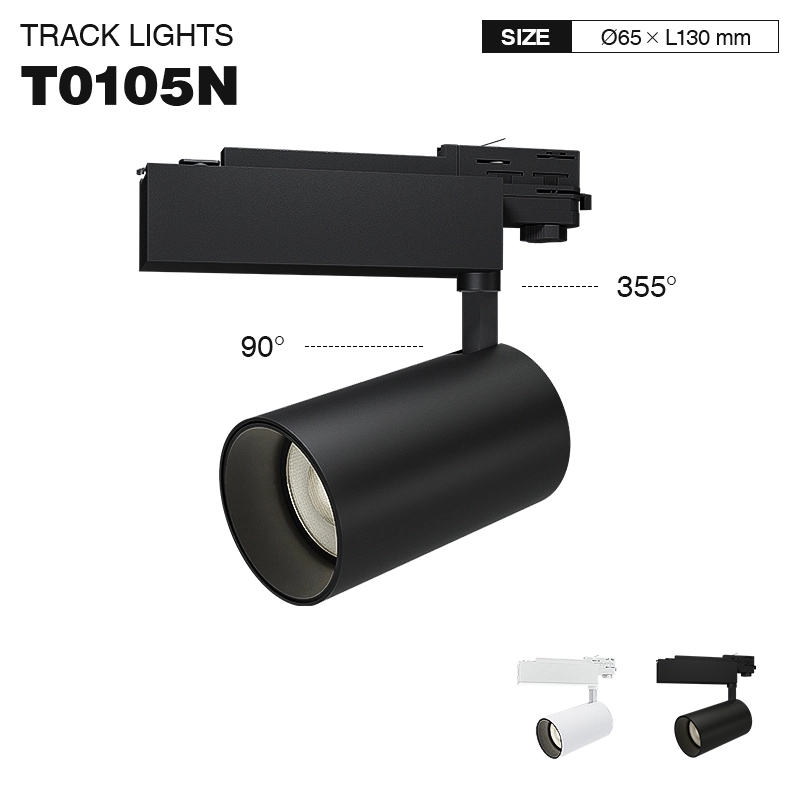








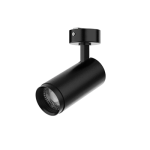 Ceiling Spotlights
Ceiling Spotlights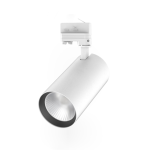 Indoor Spotlight
Indoor Spotlight Recessed Spotlights
Recessed Spotlights
